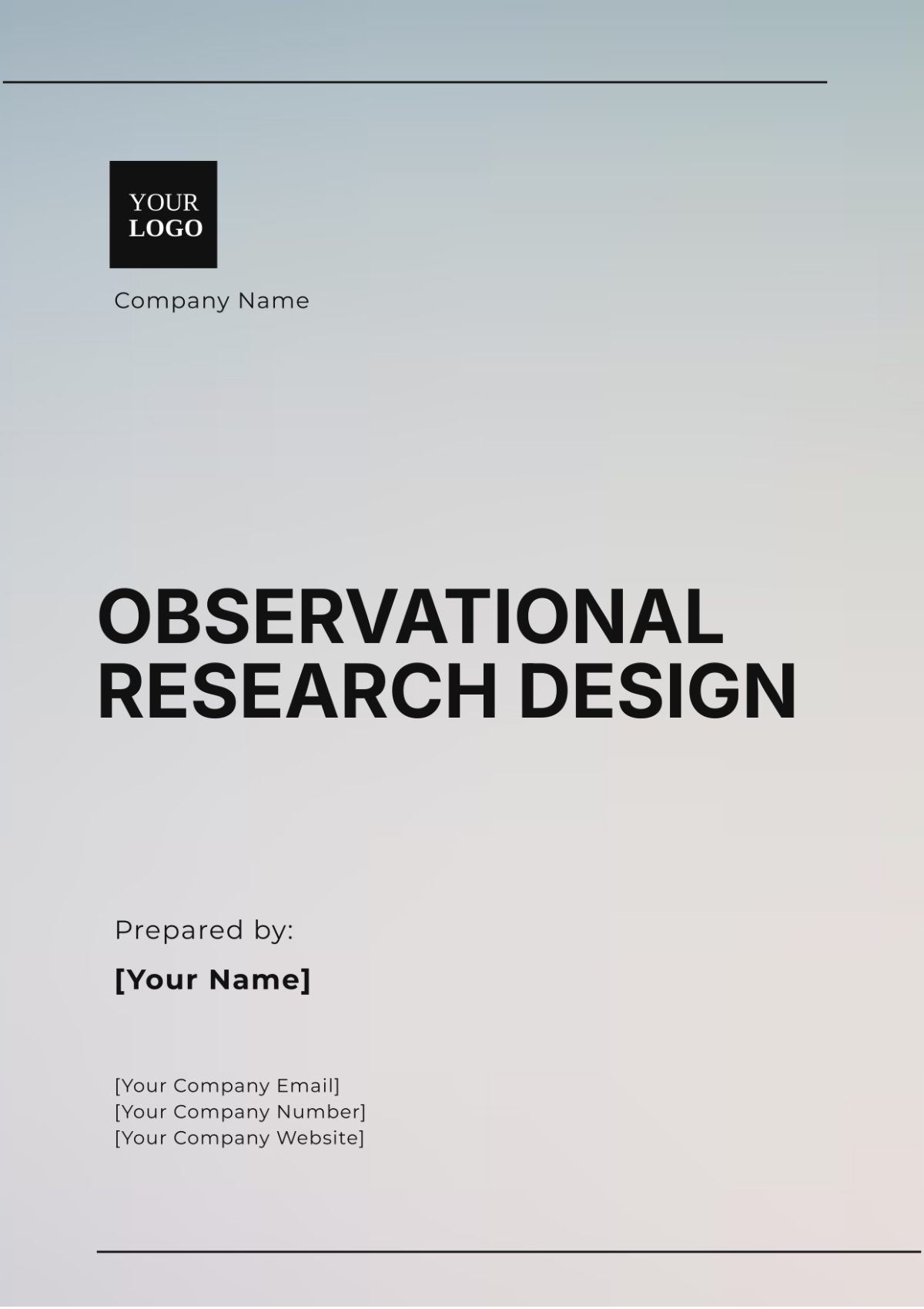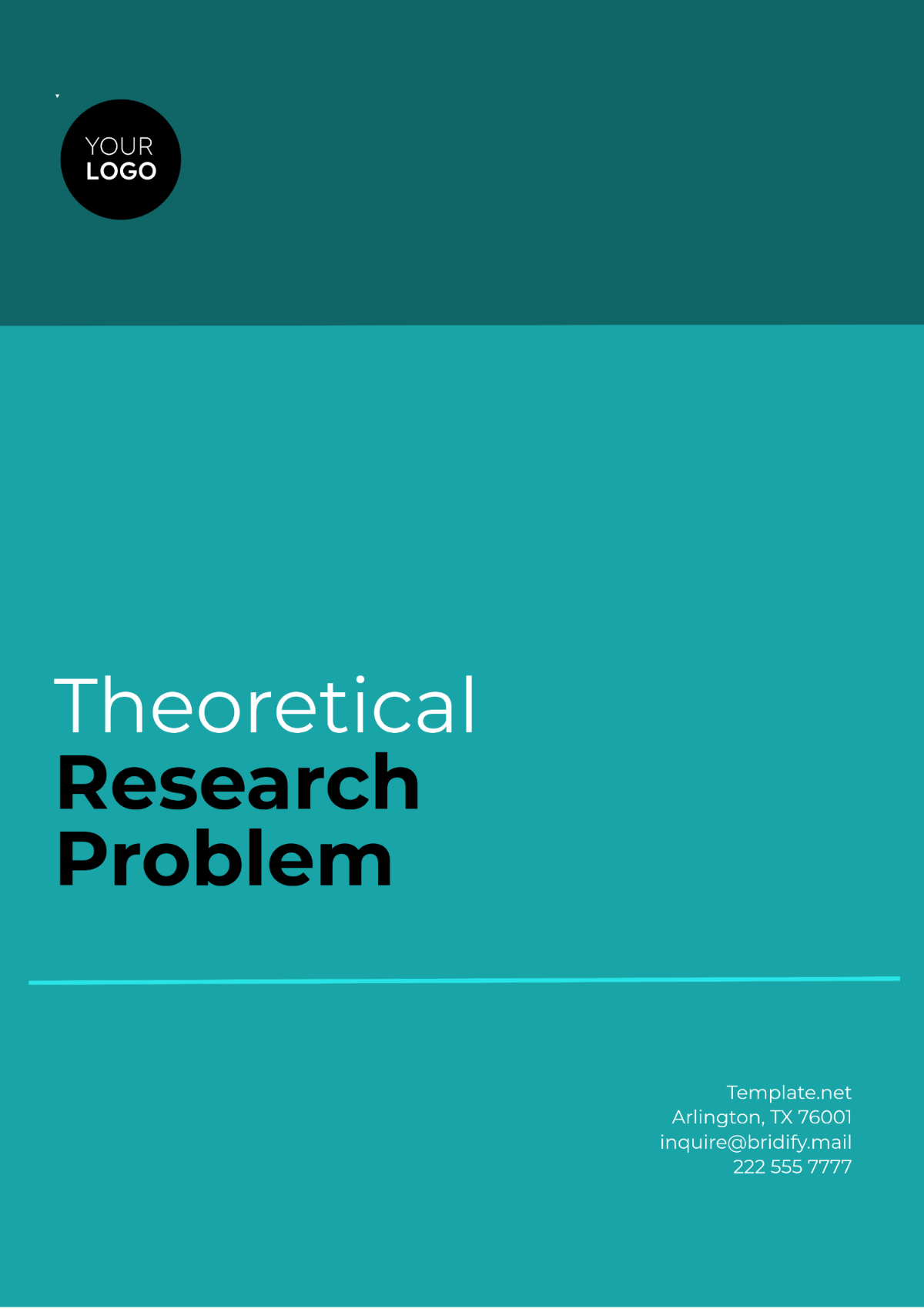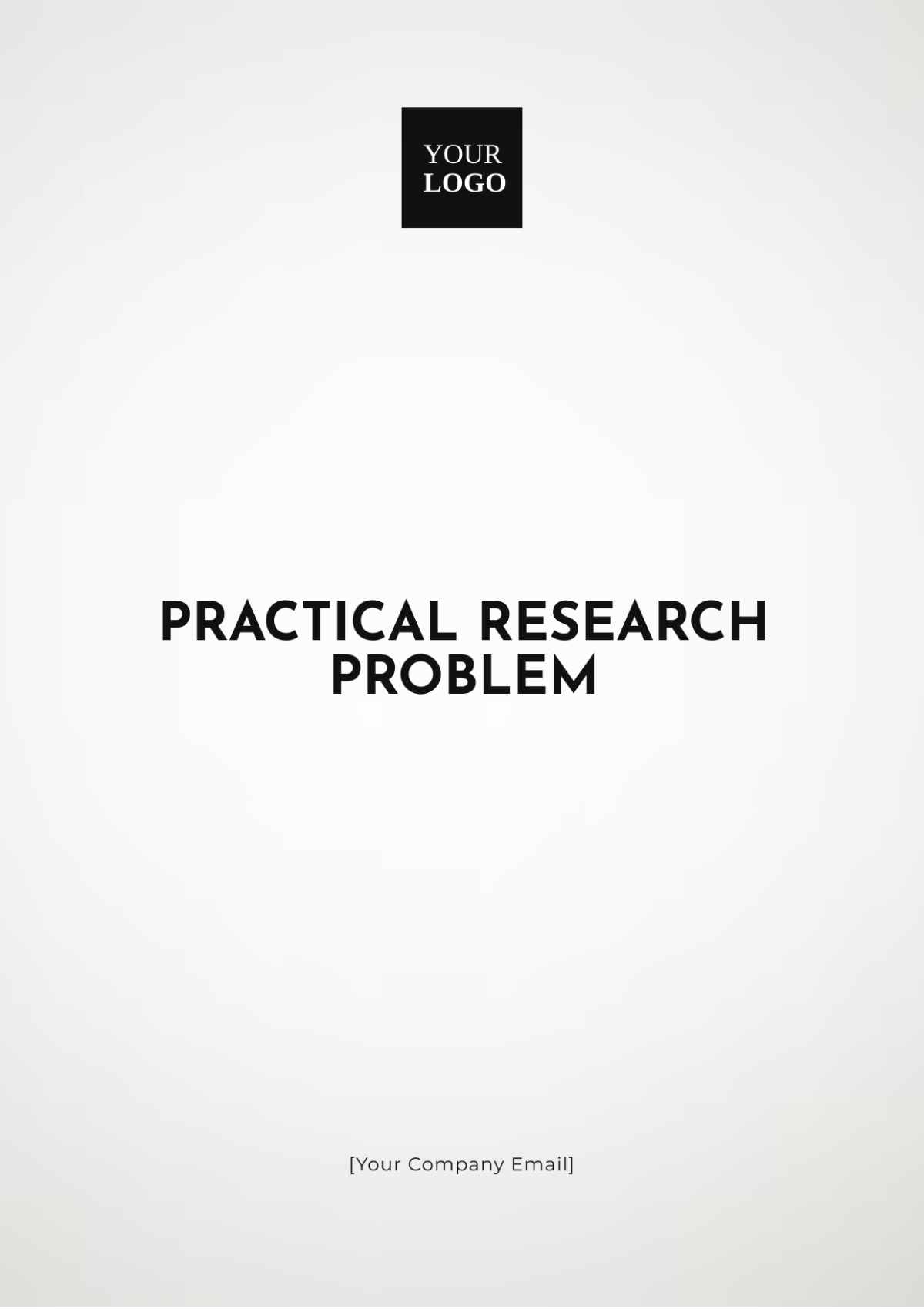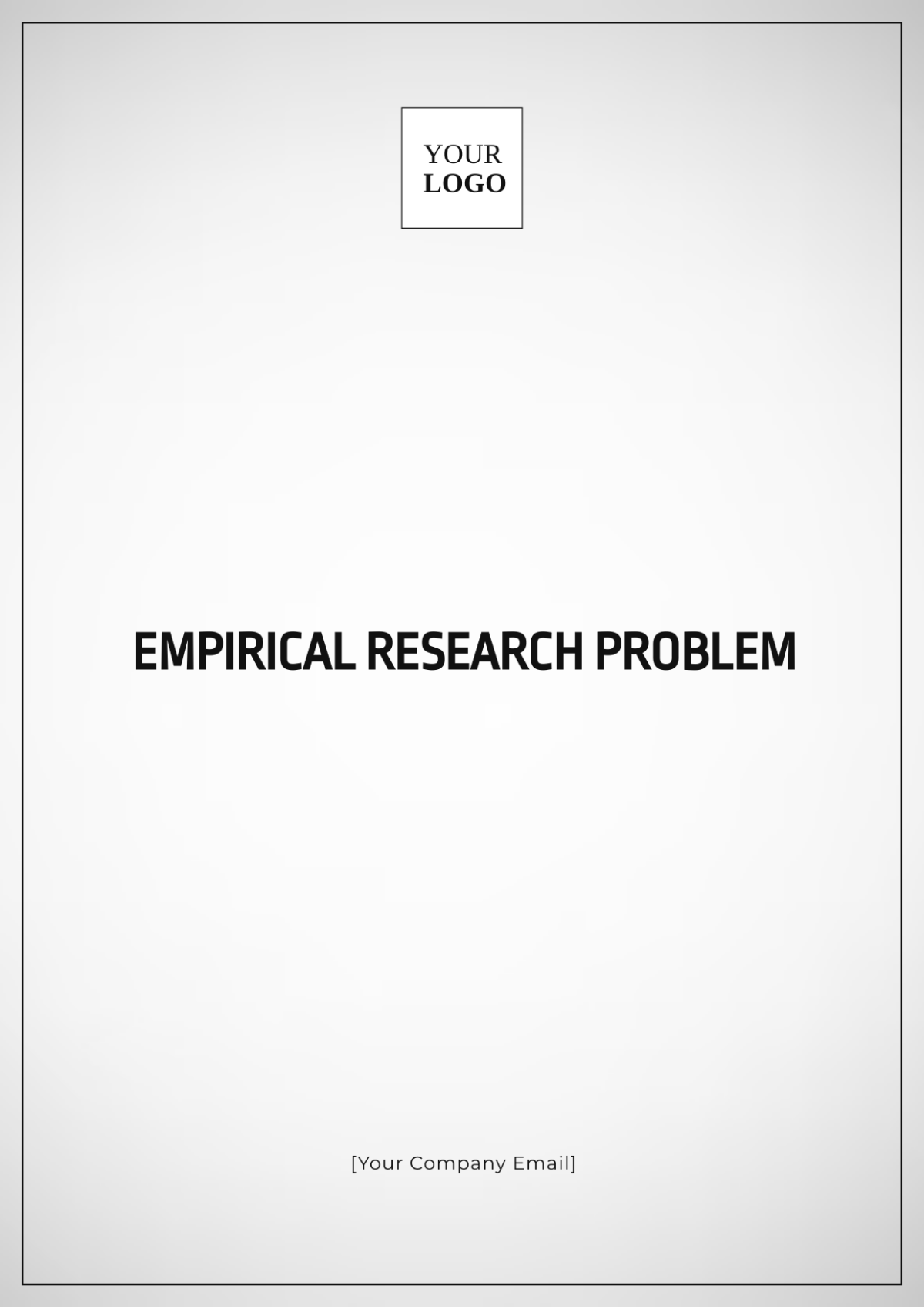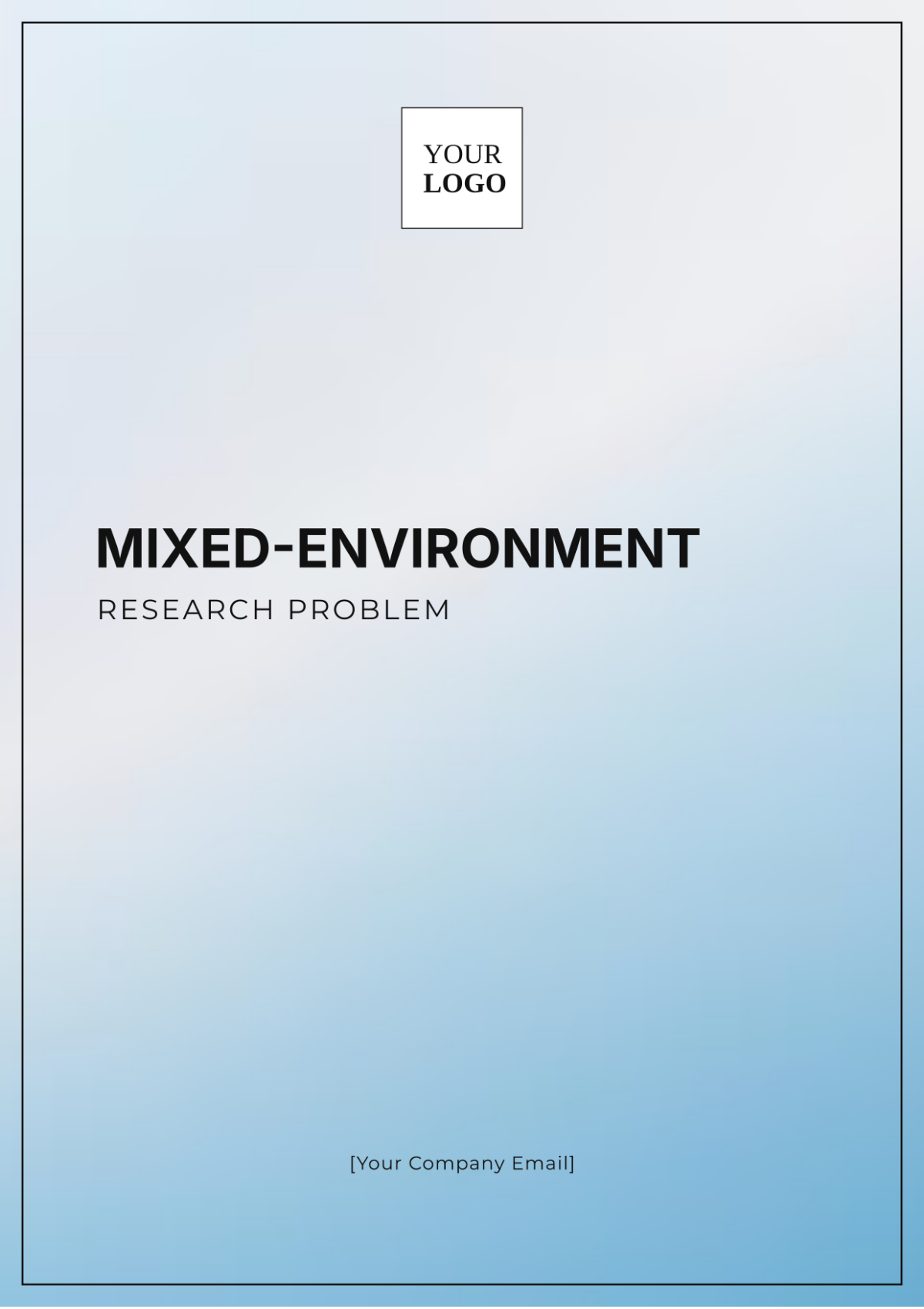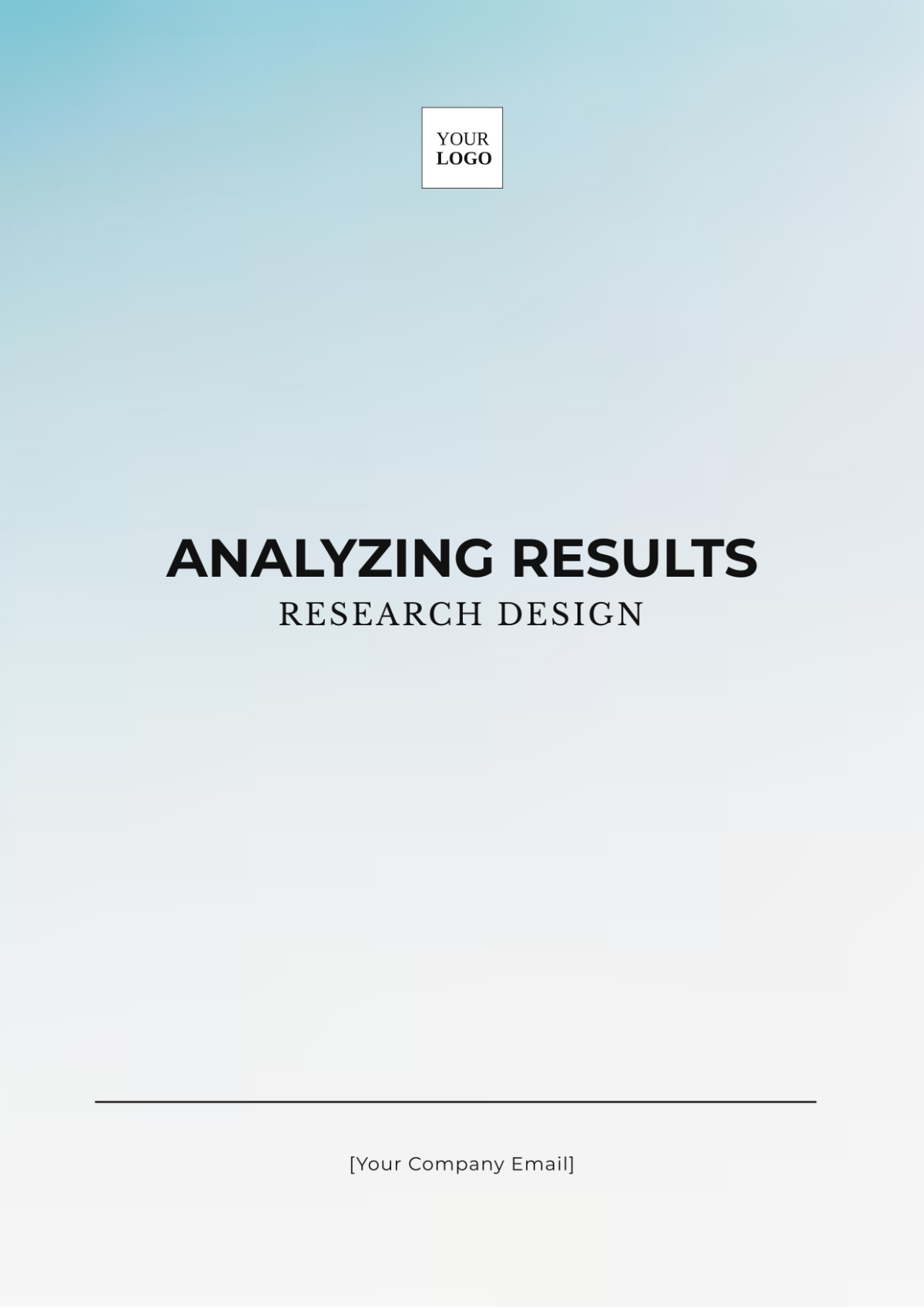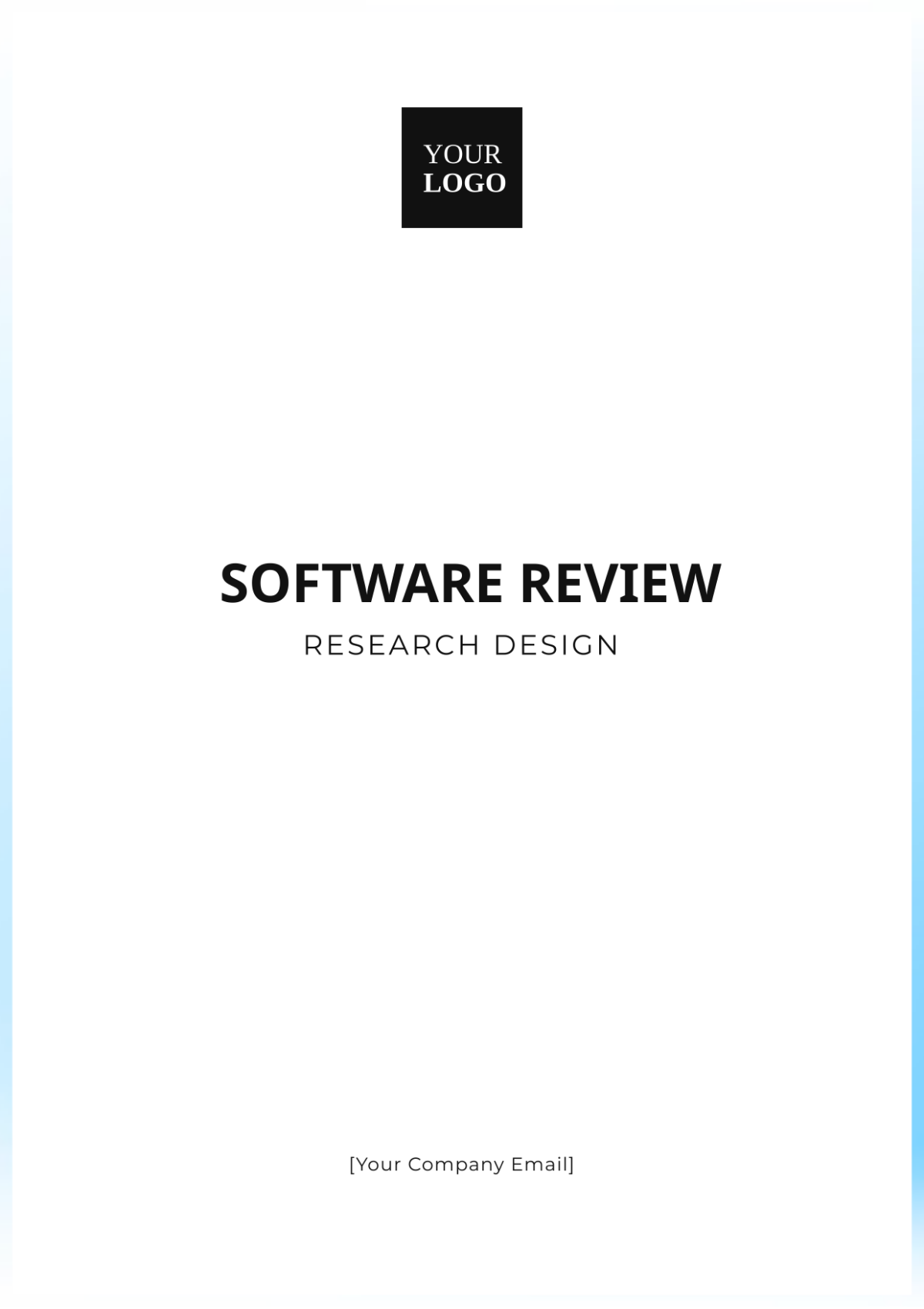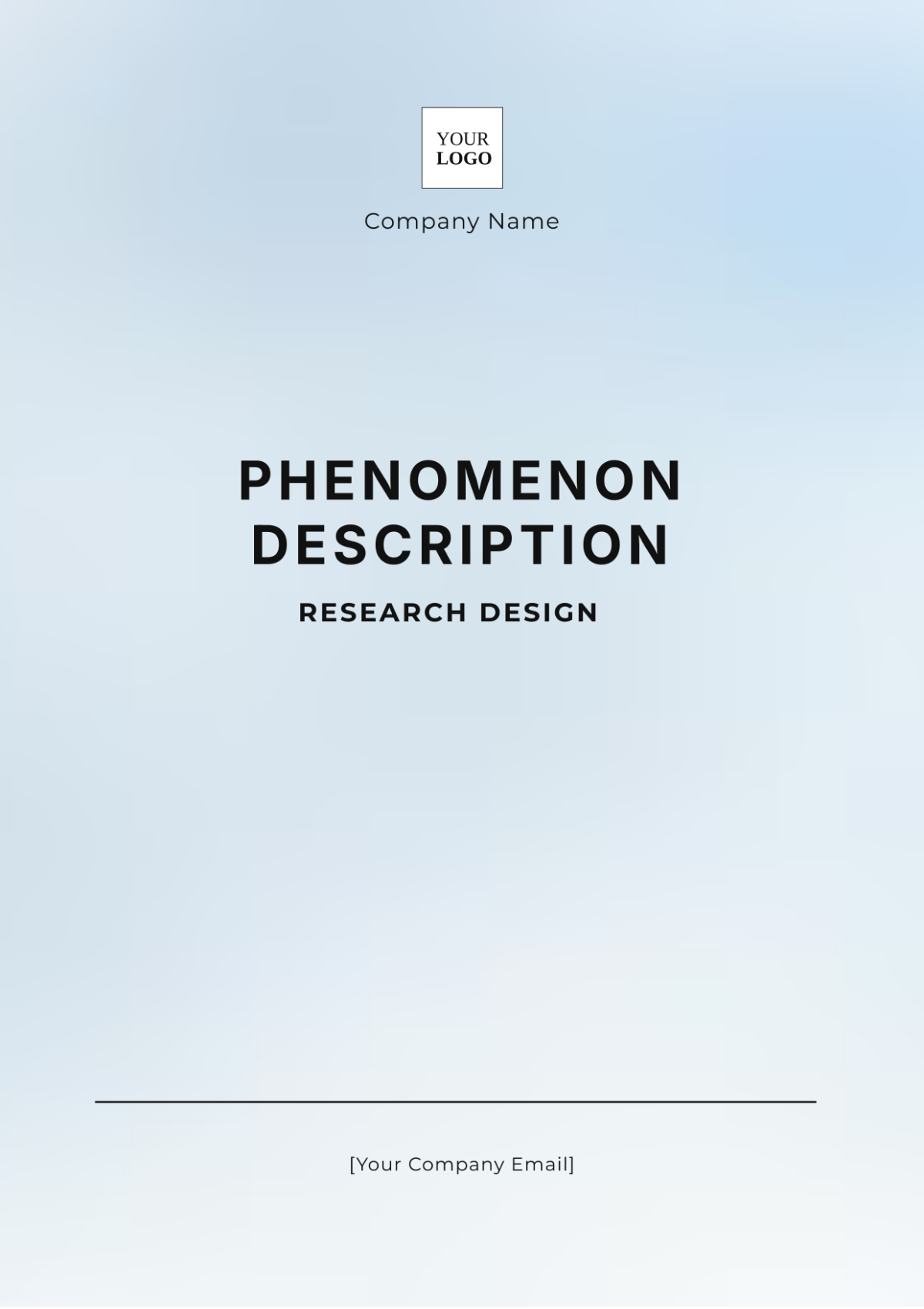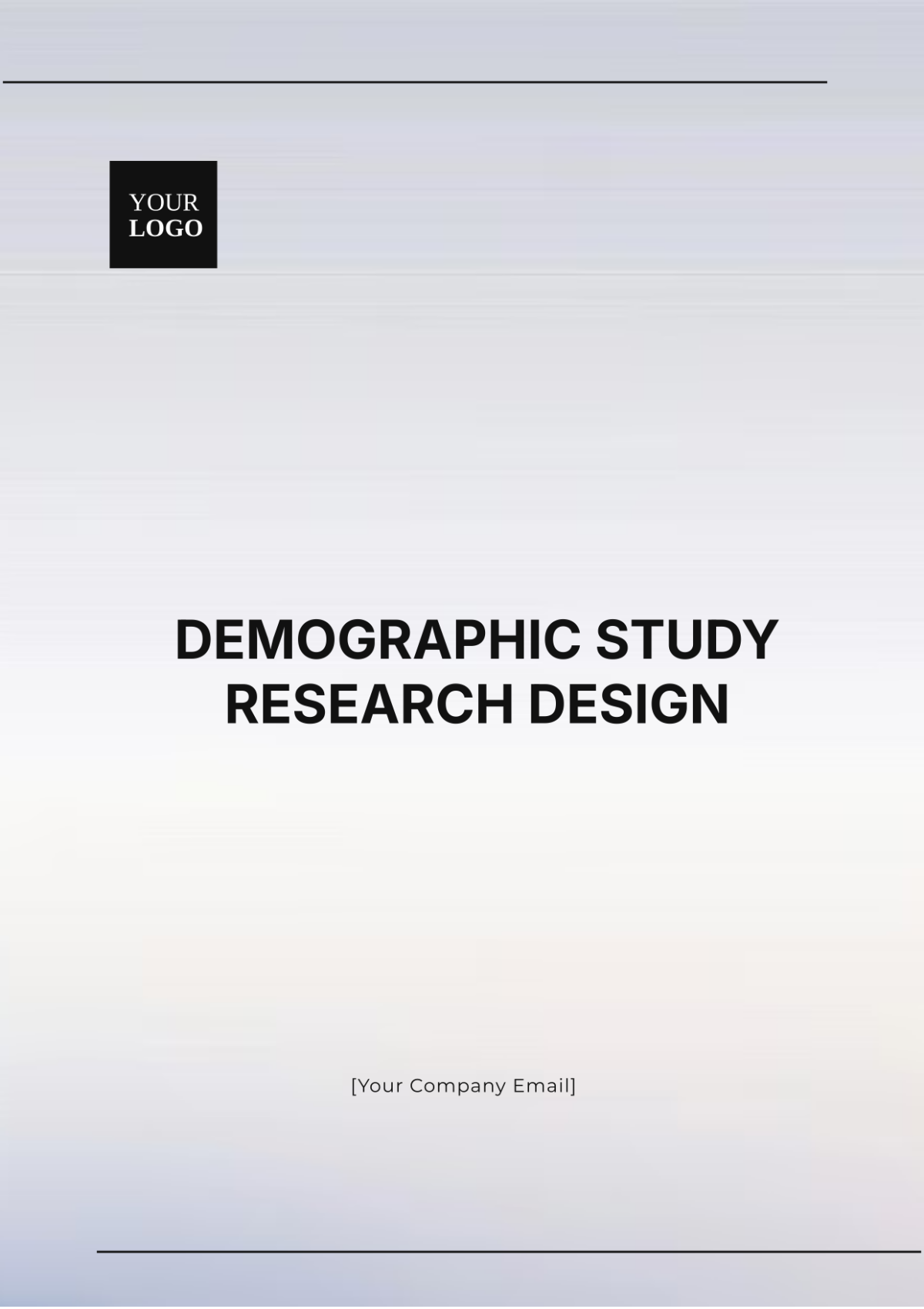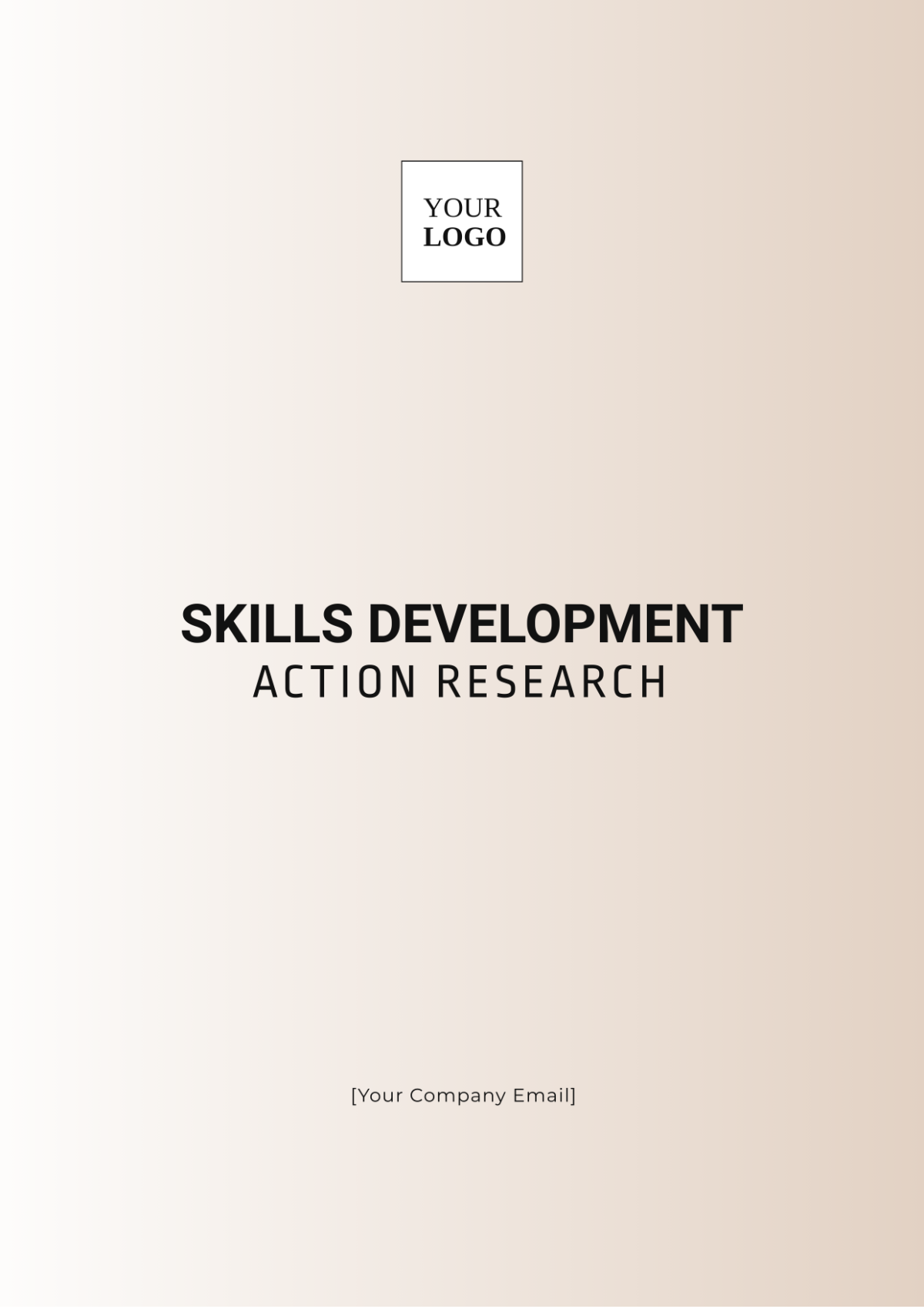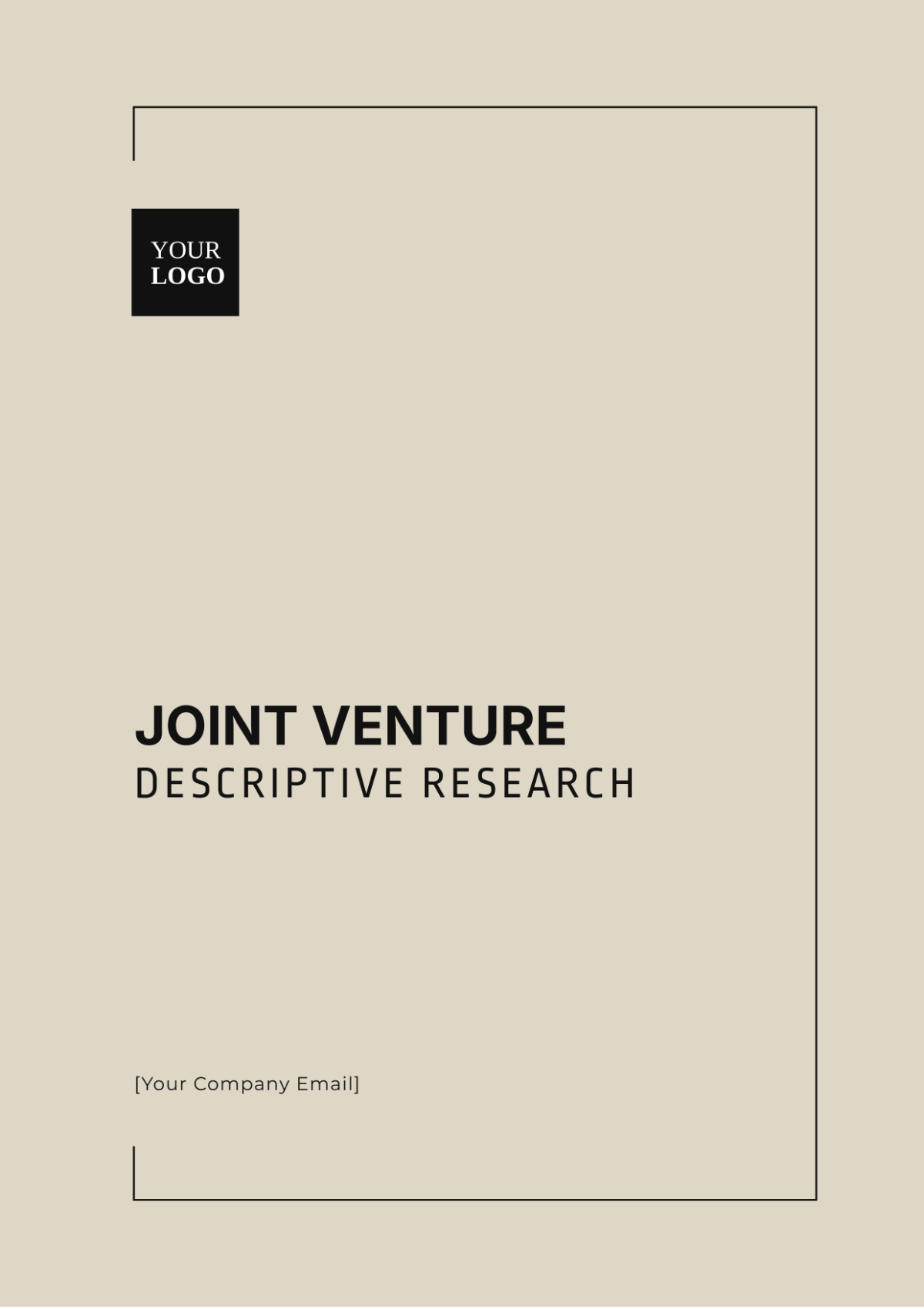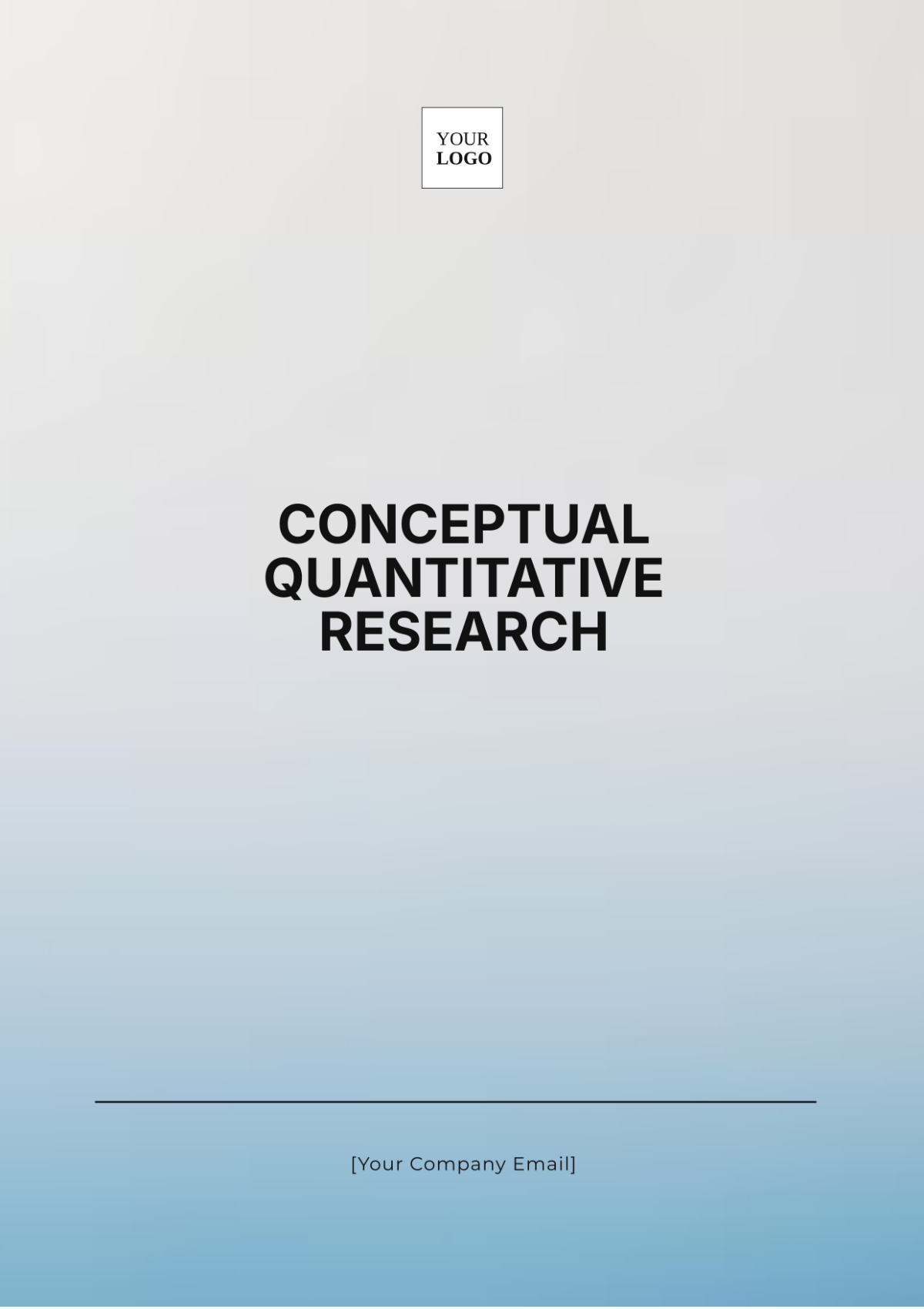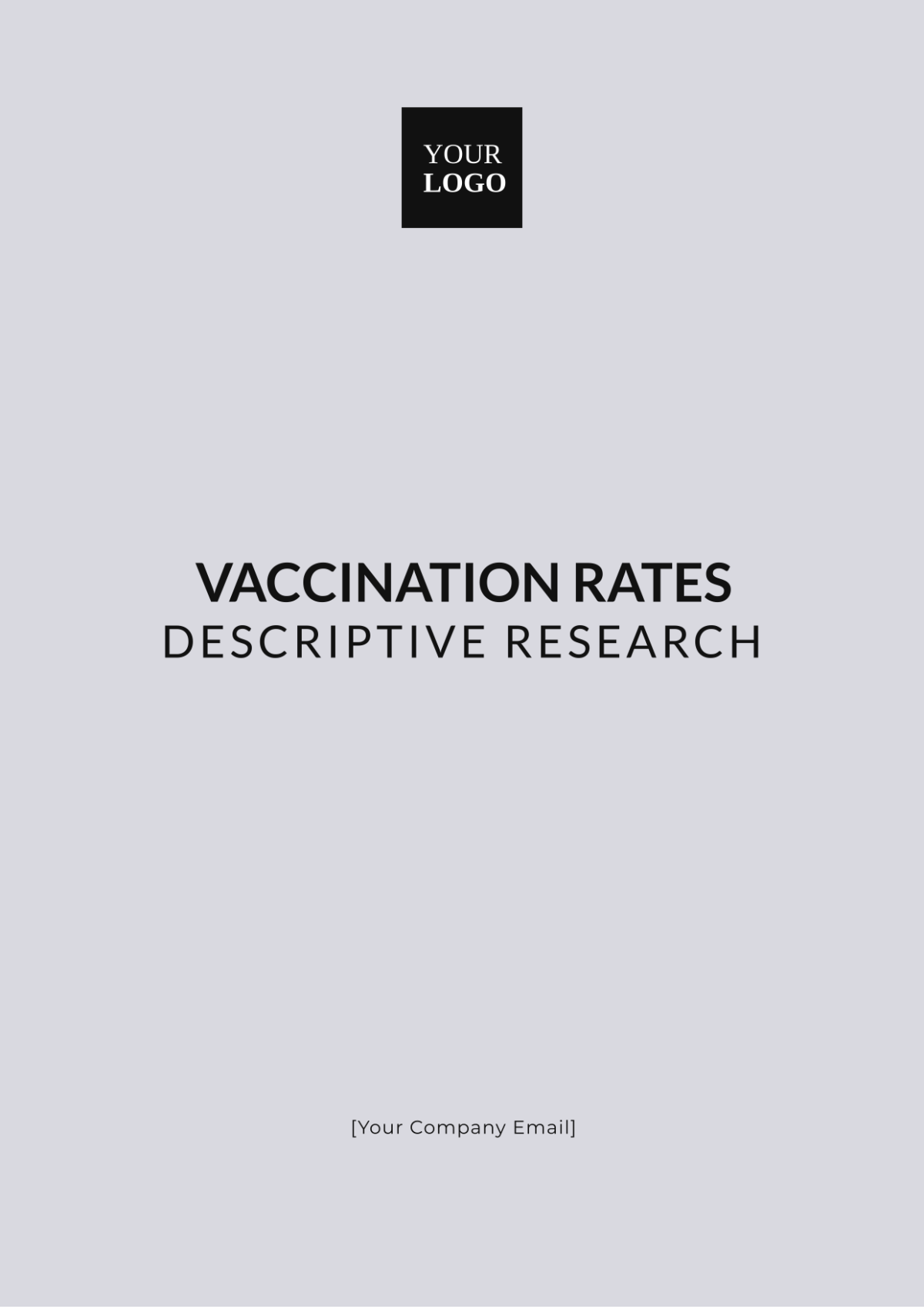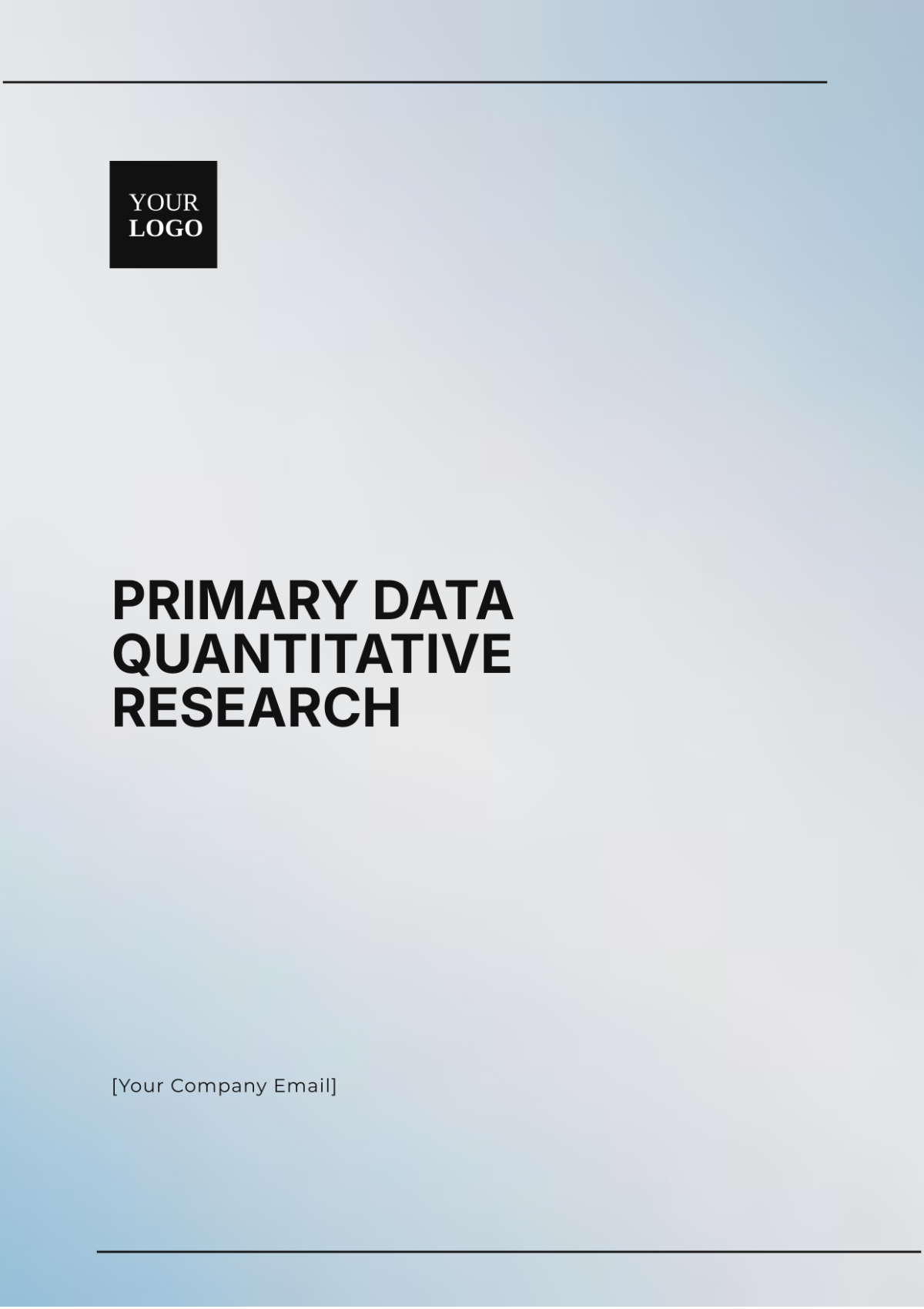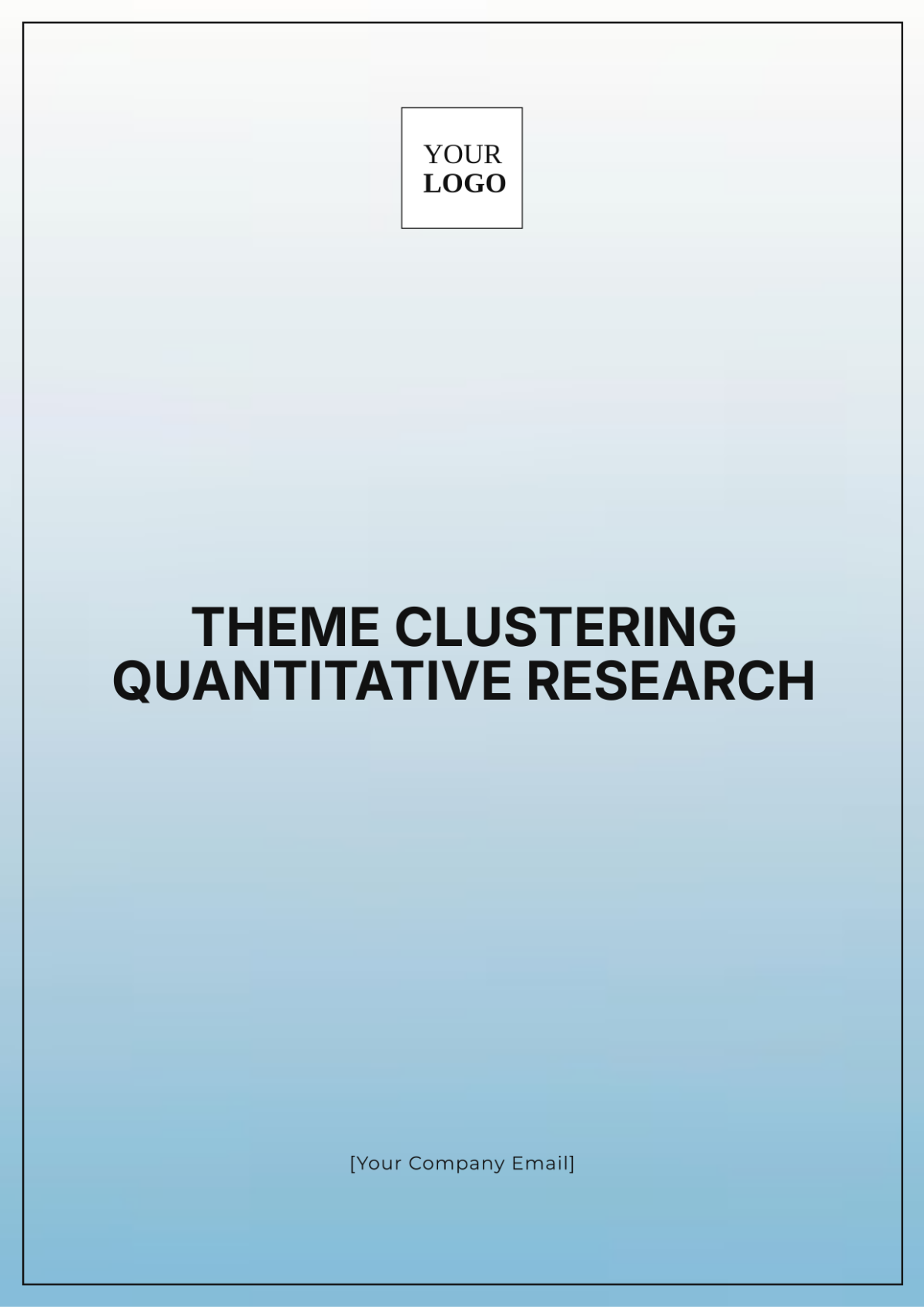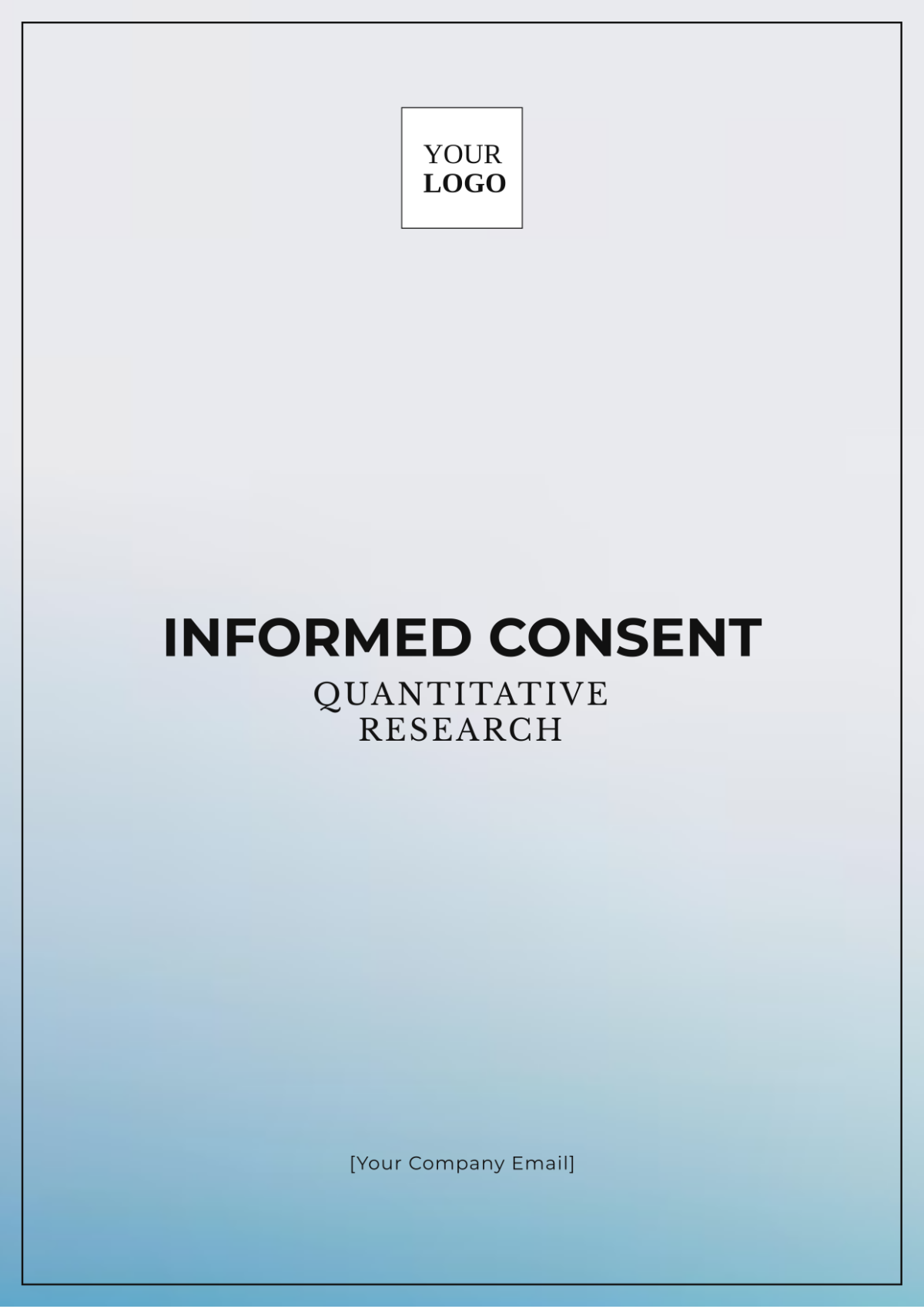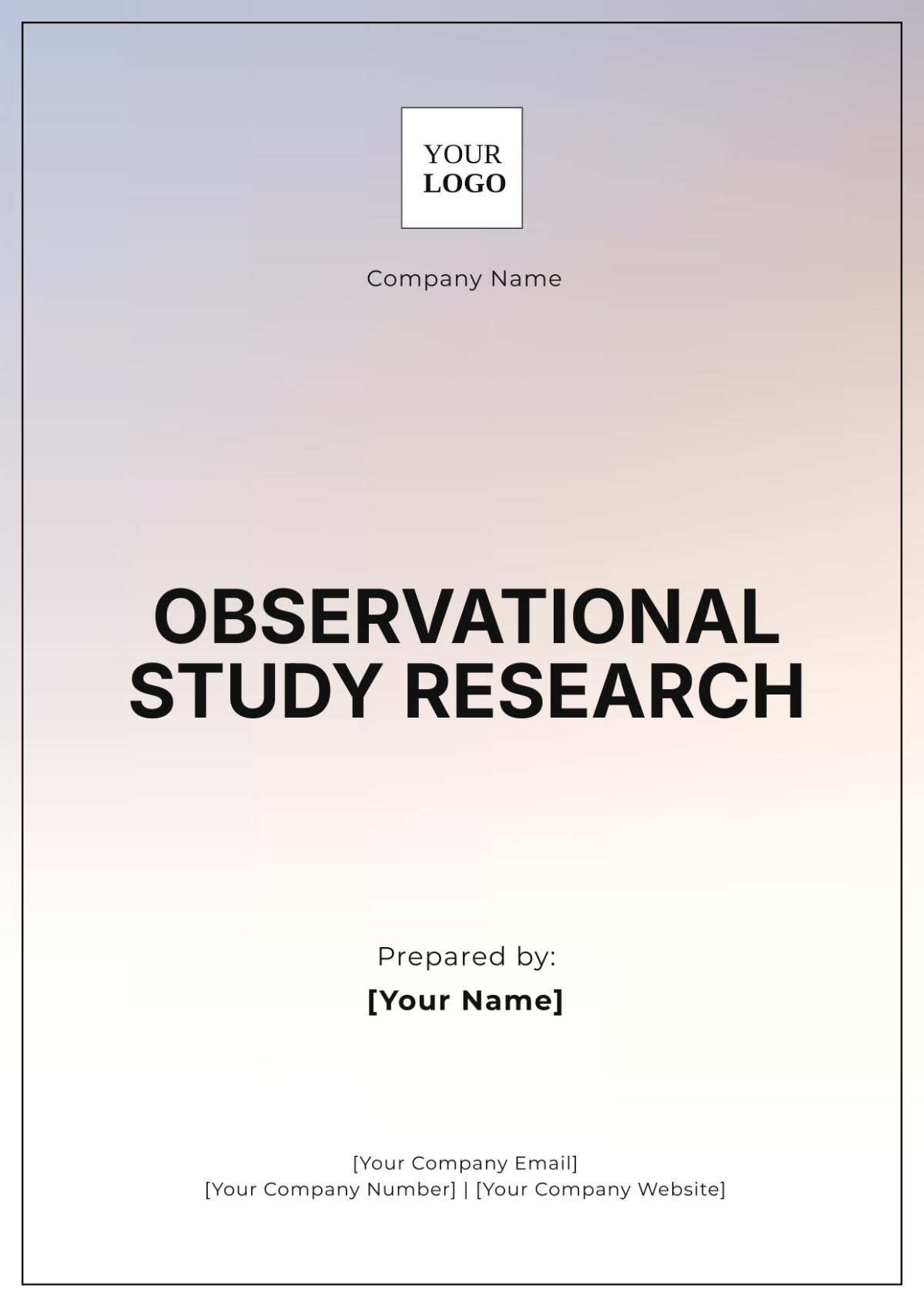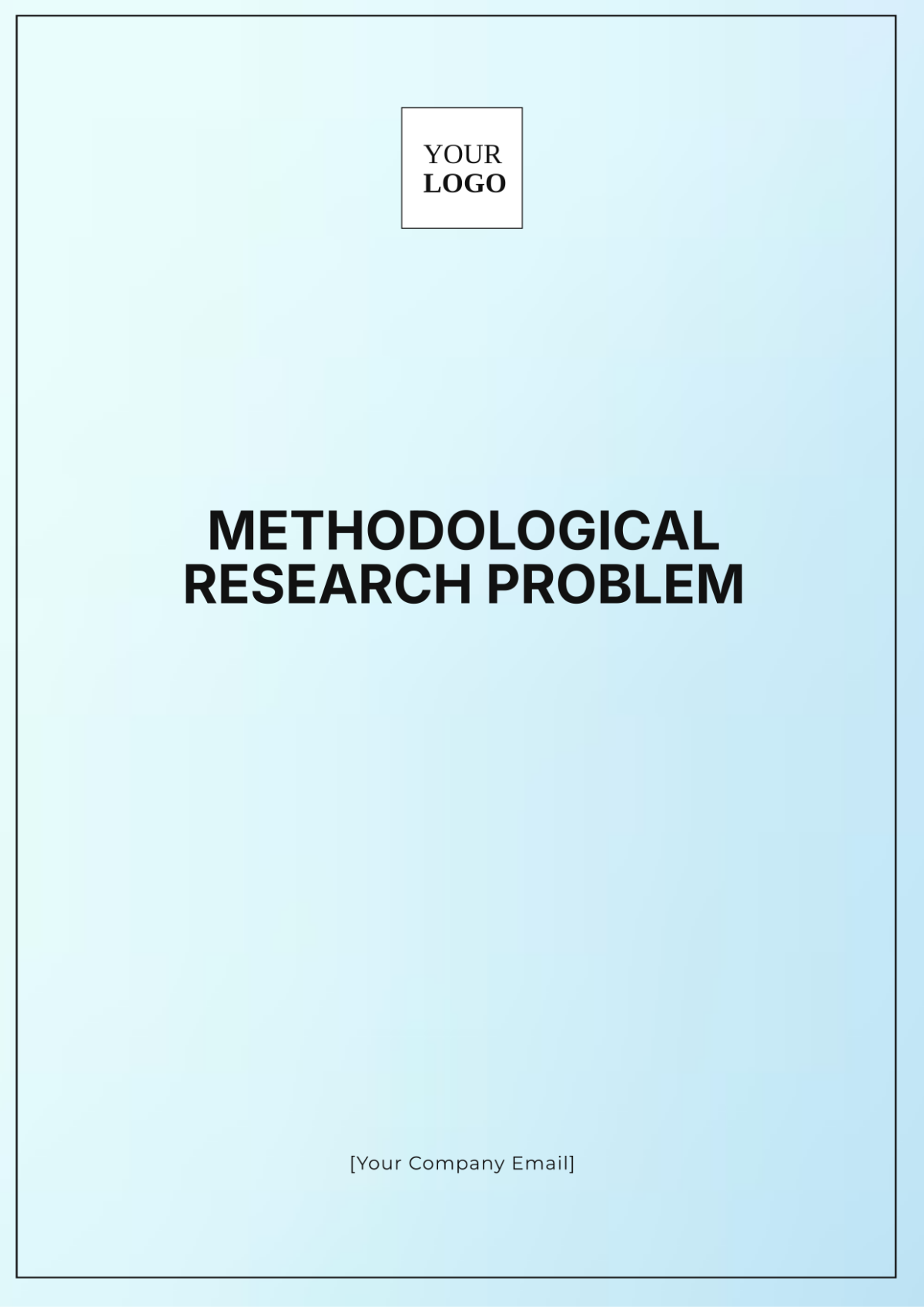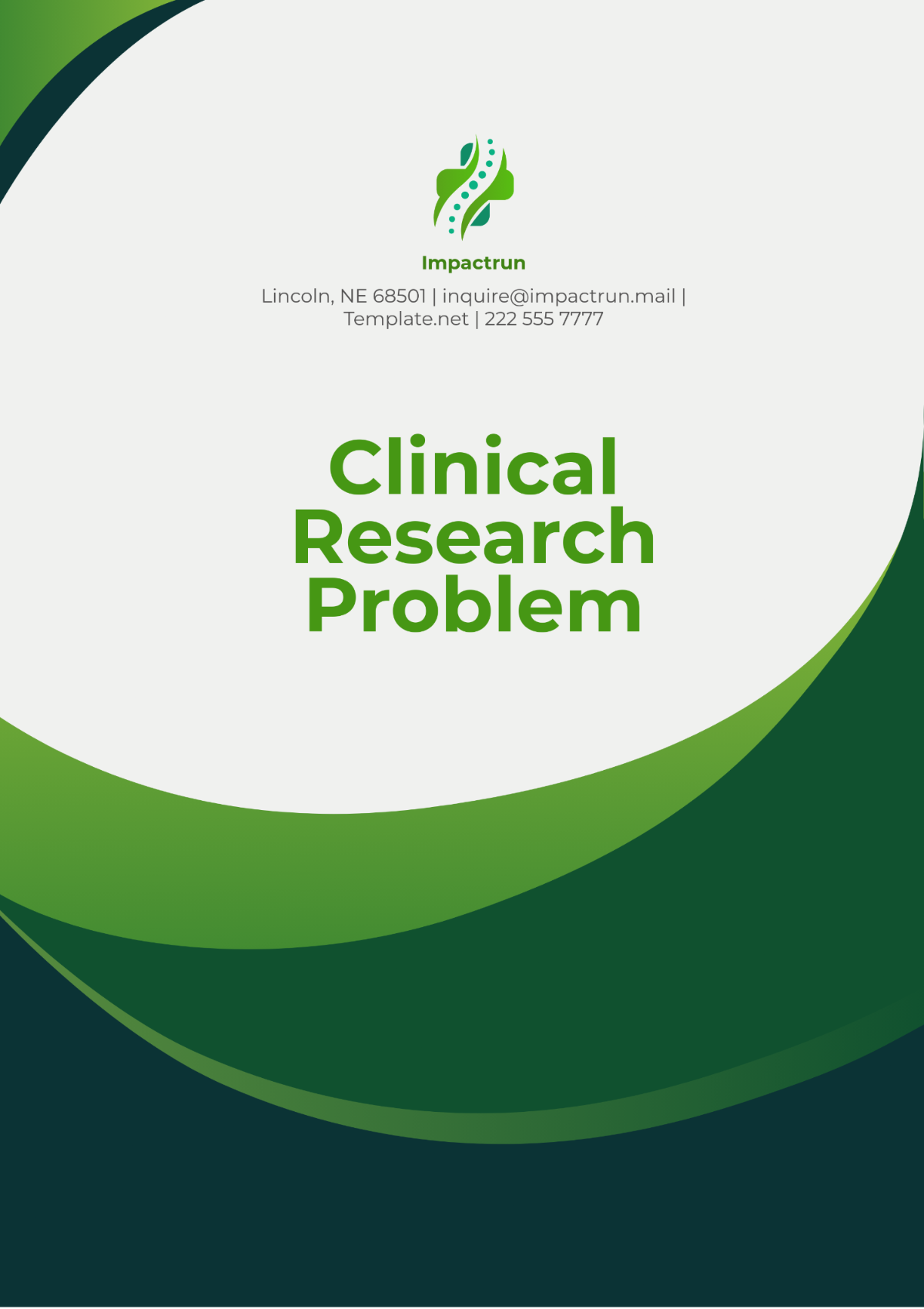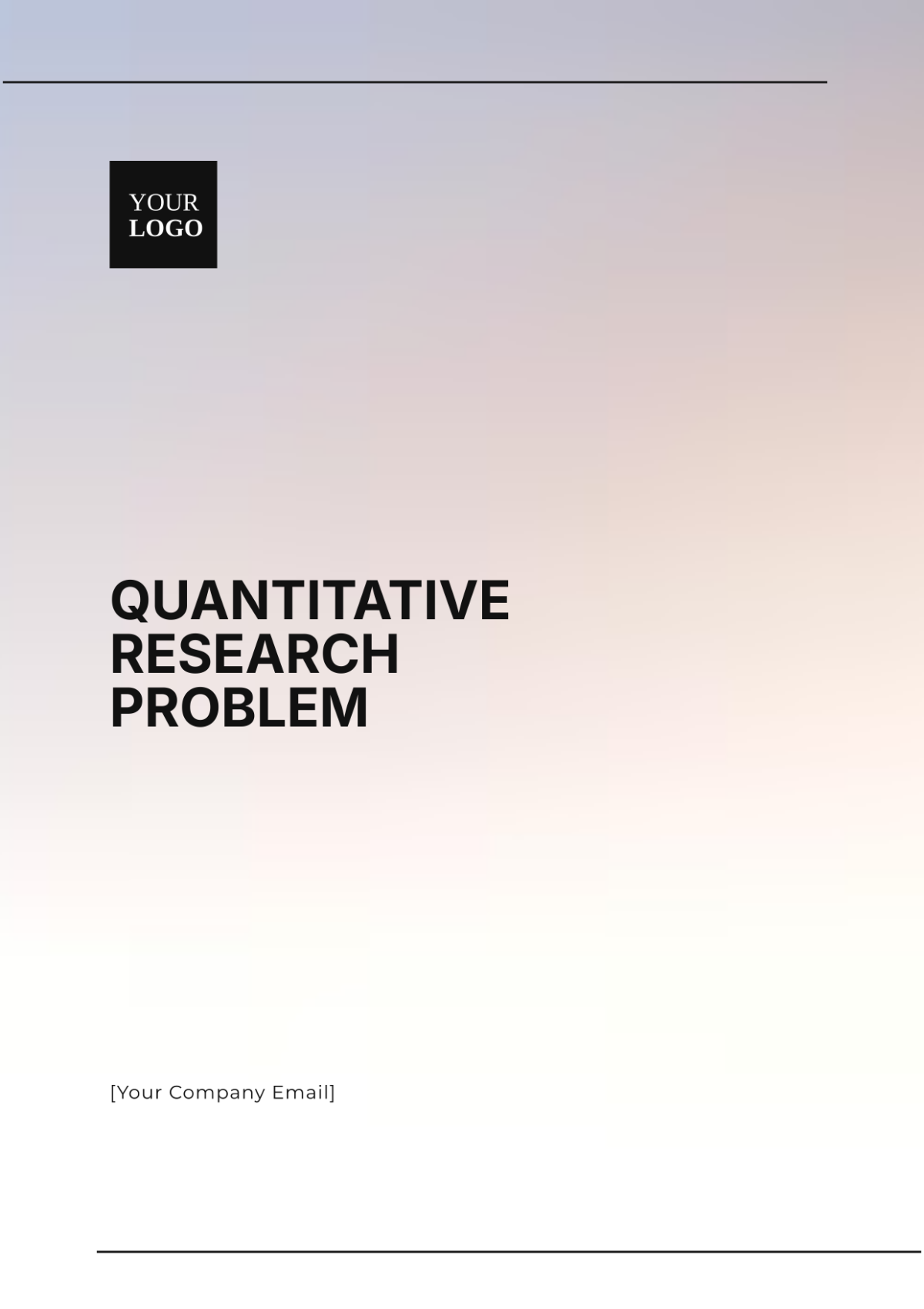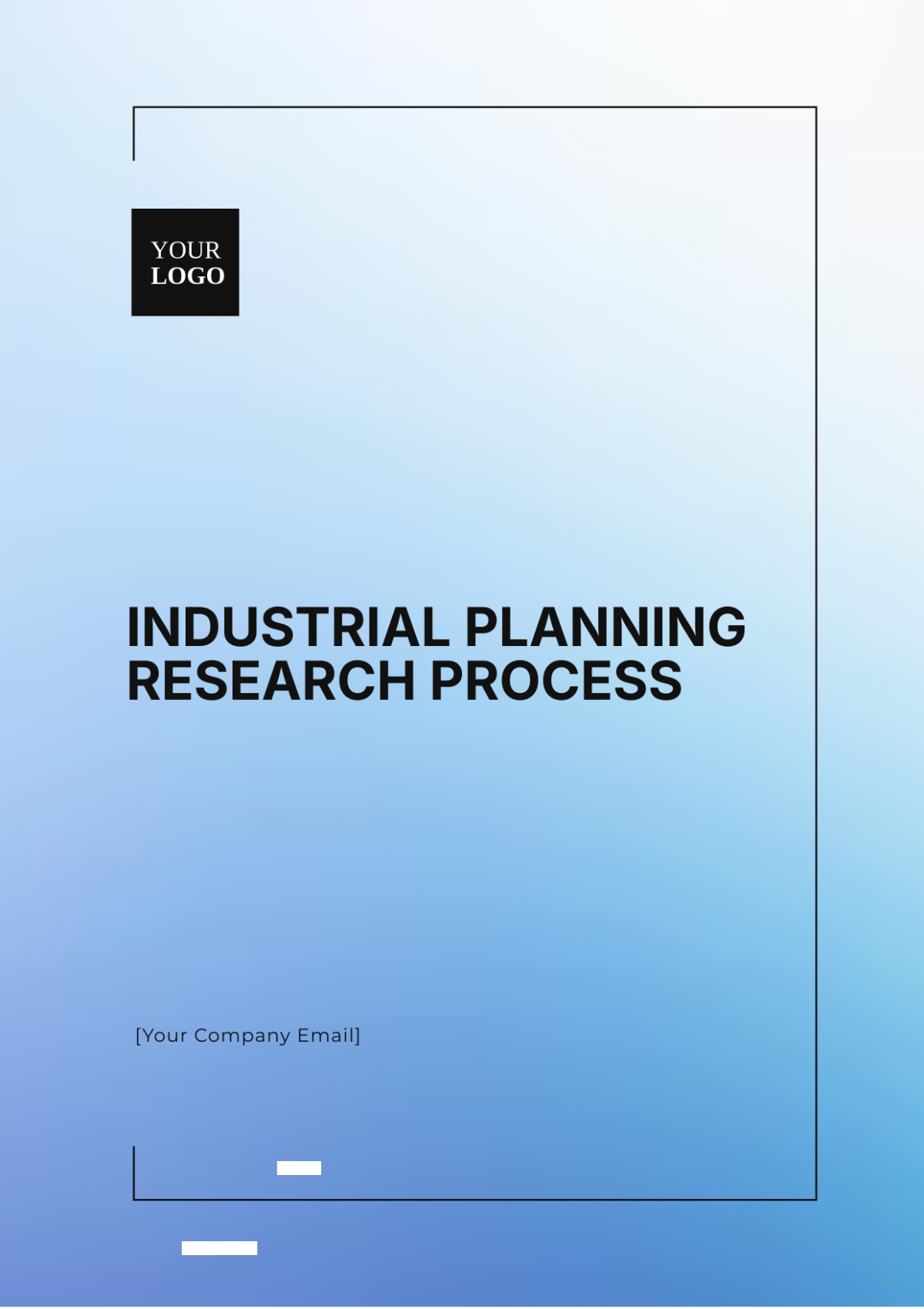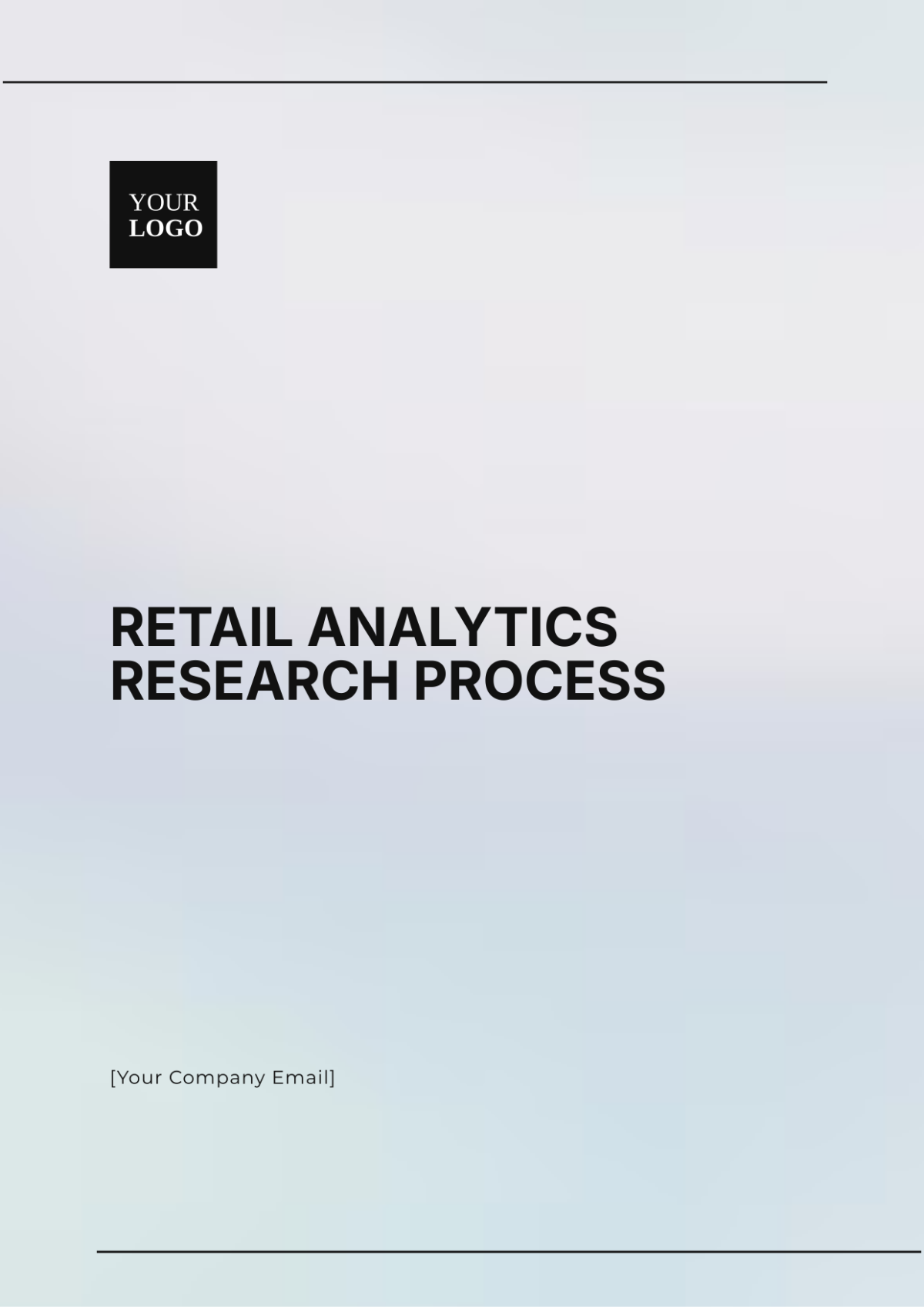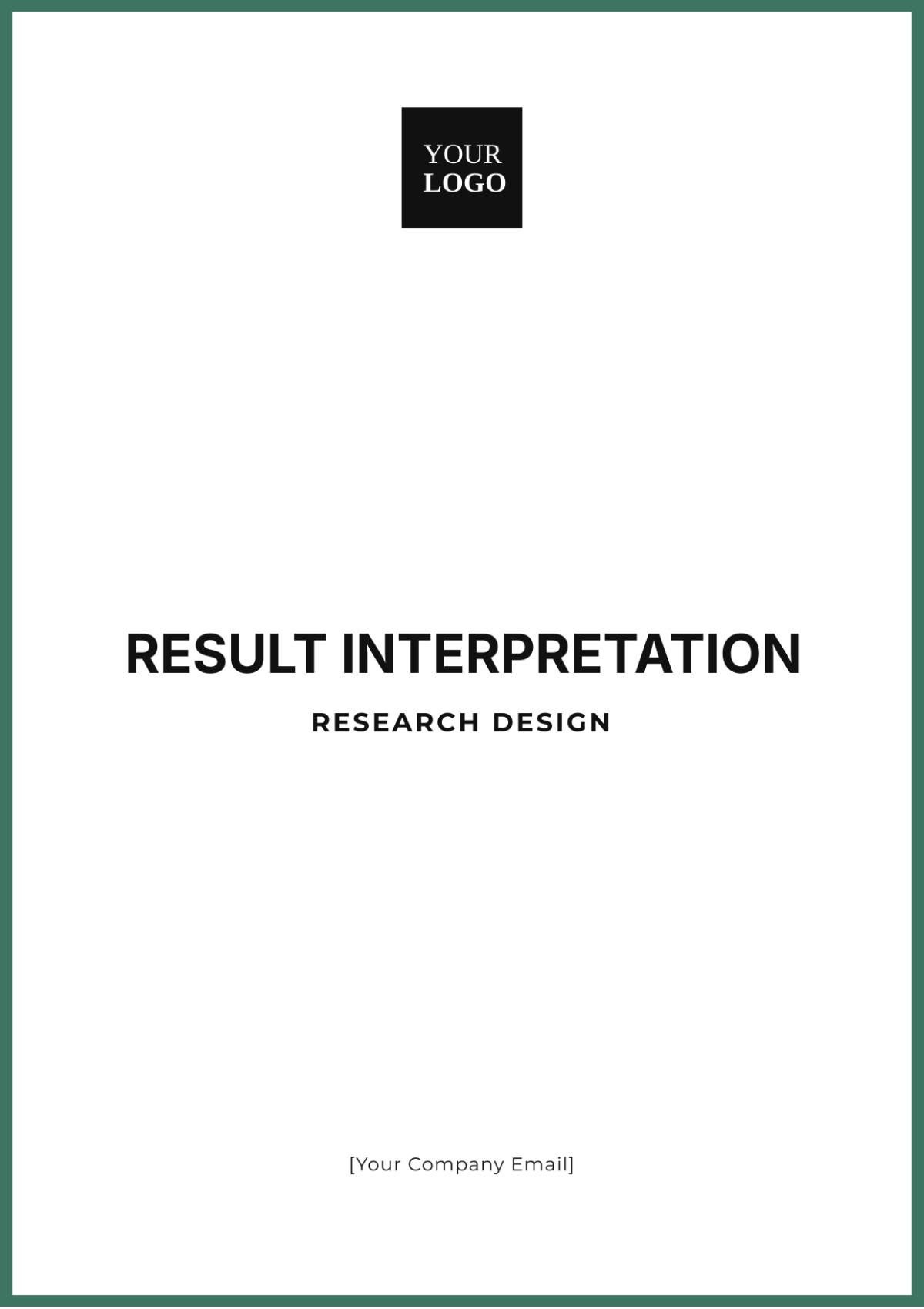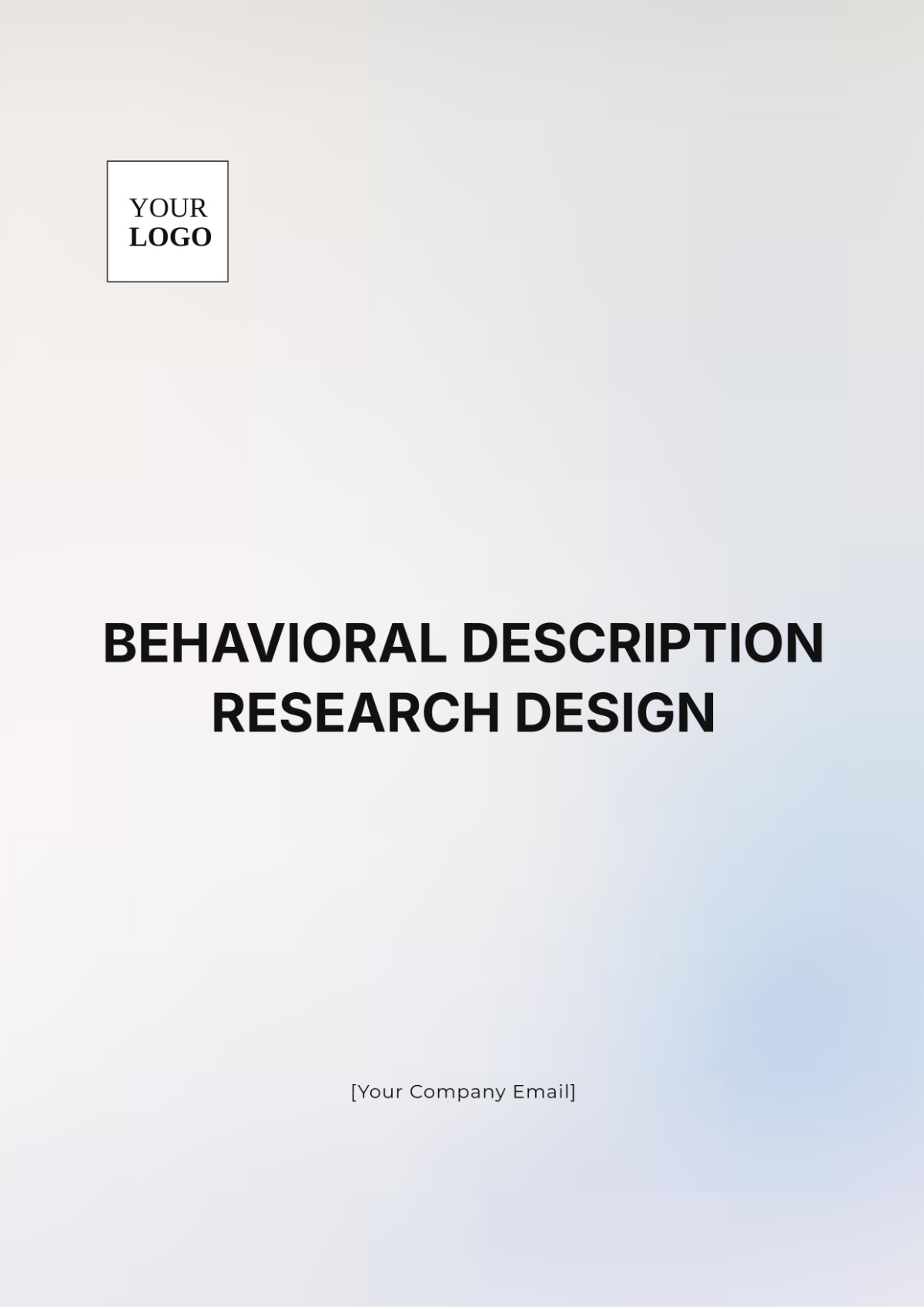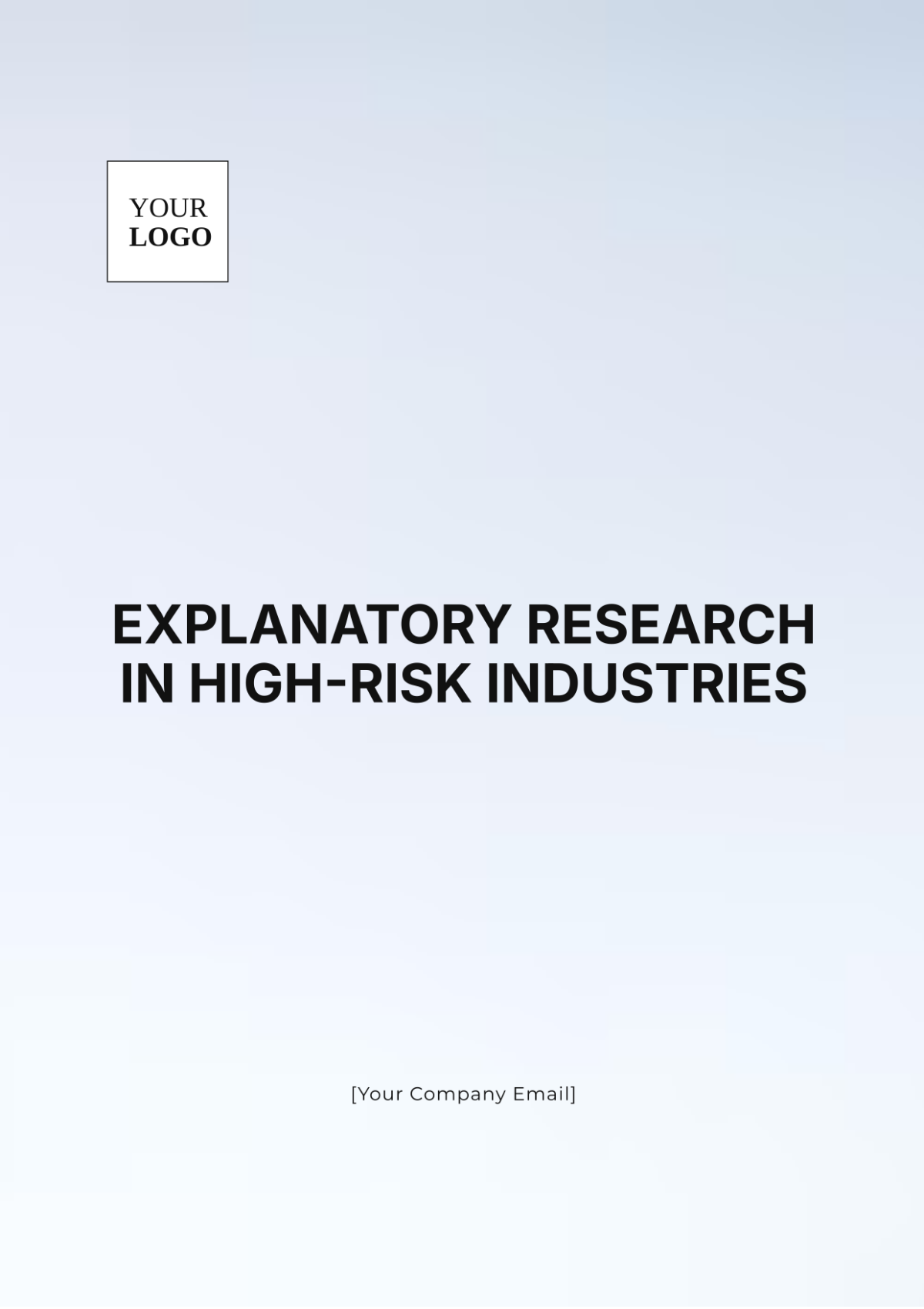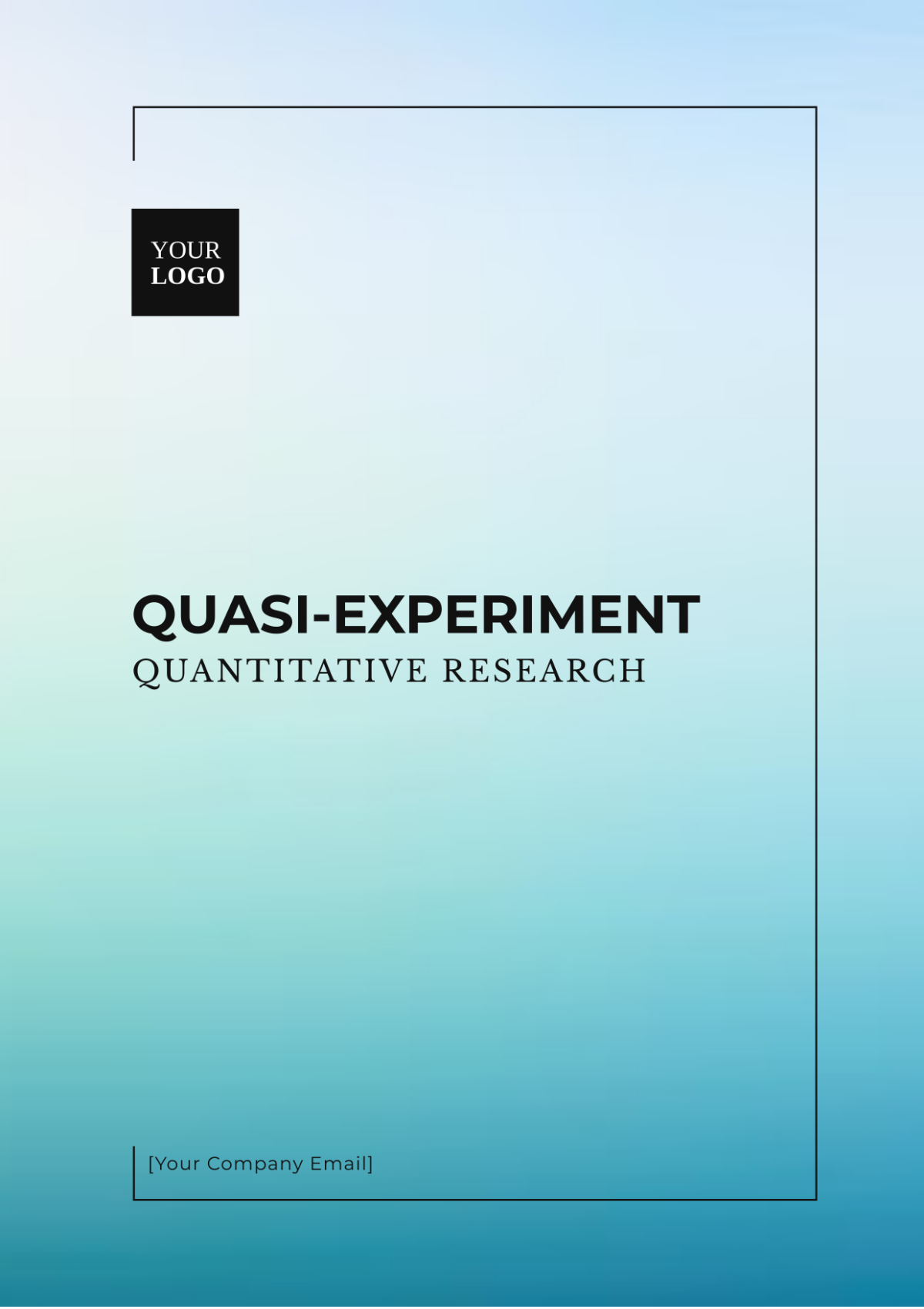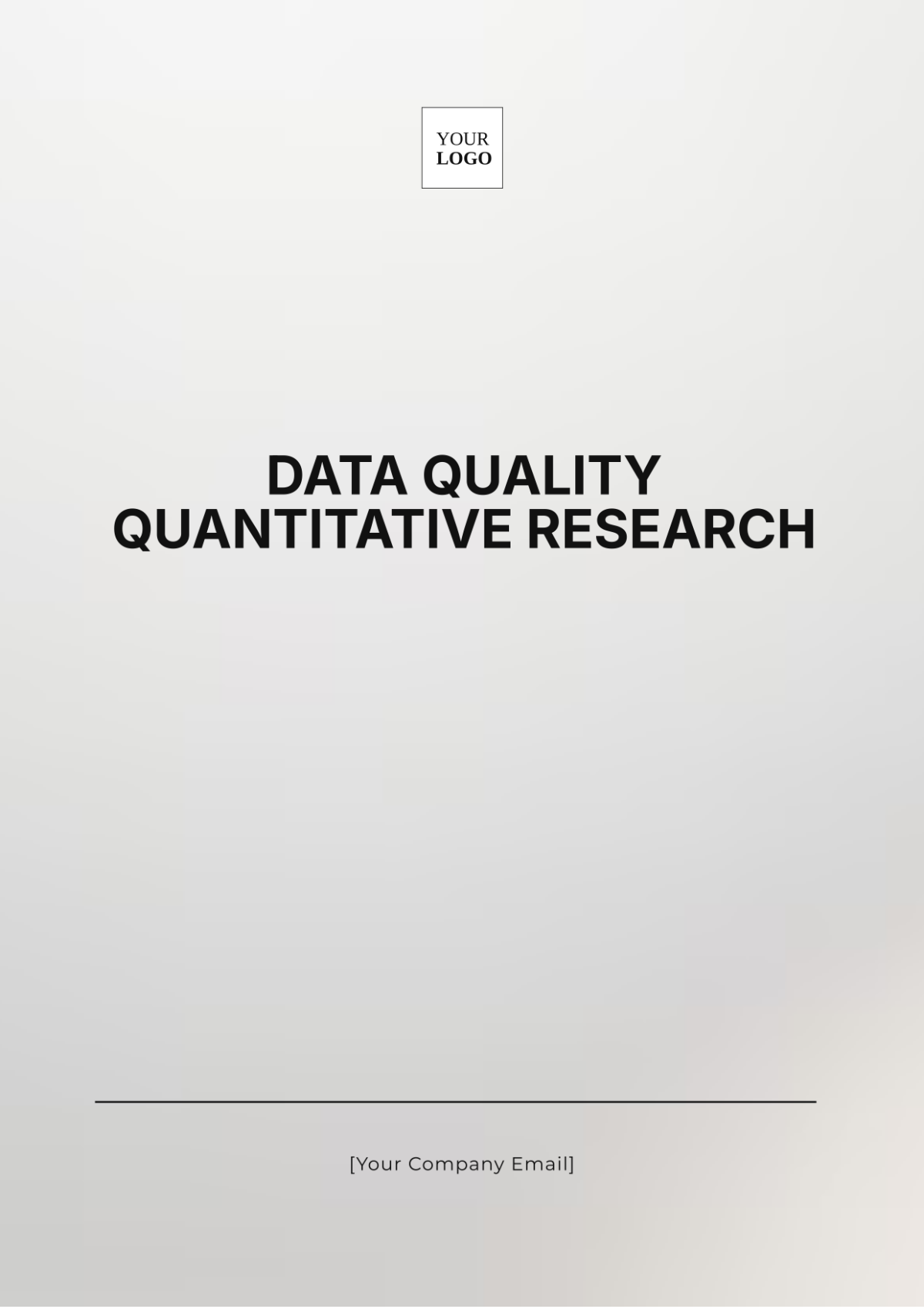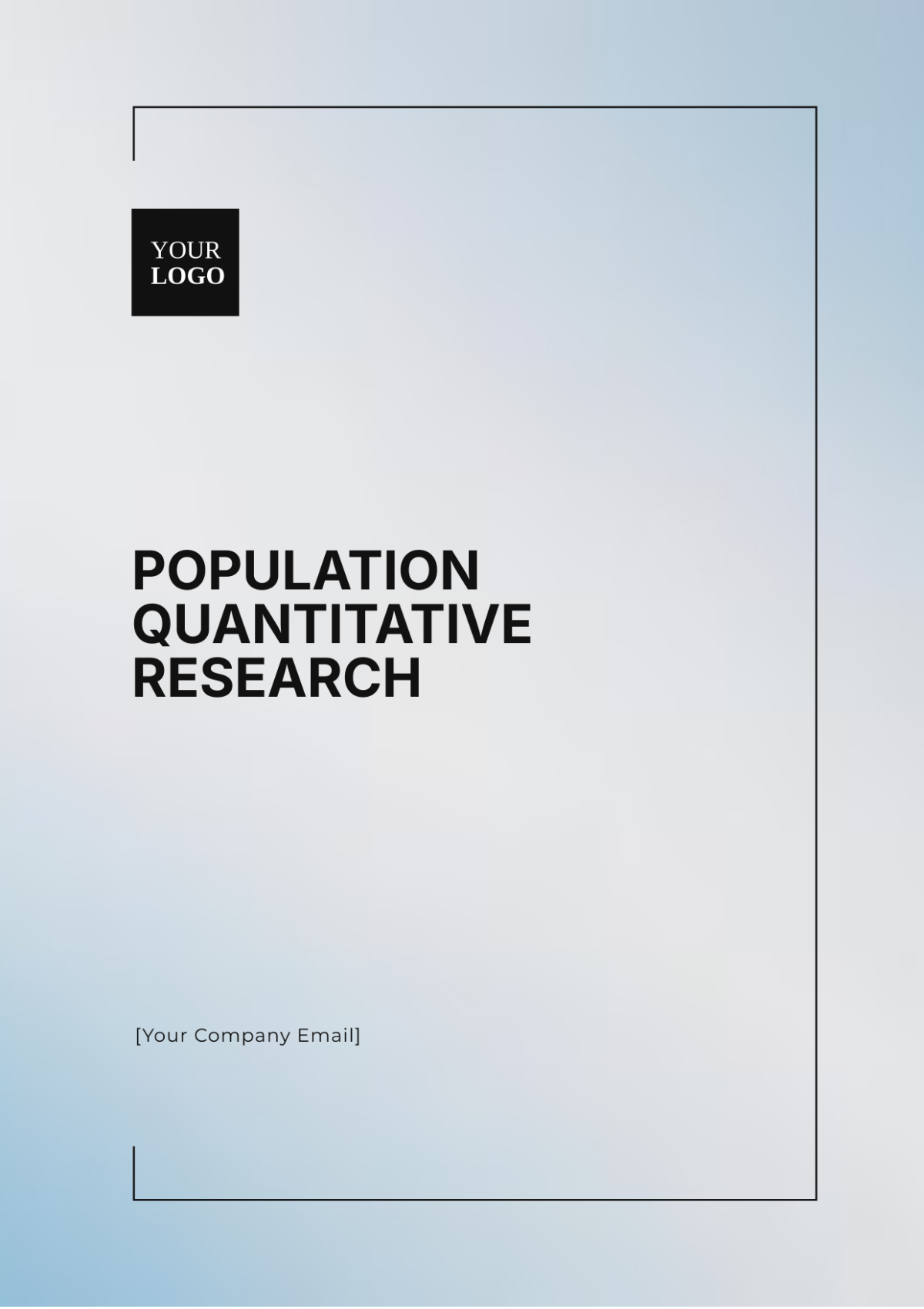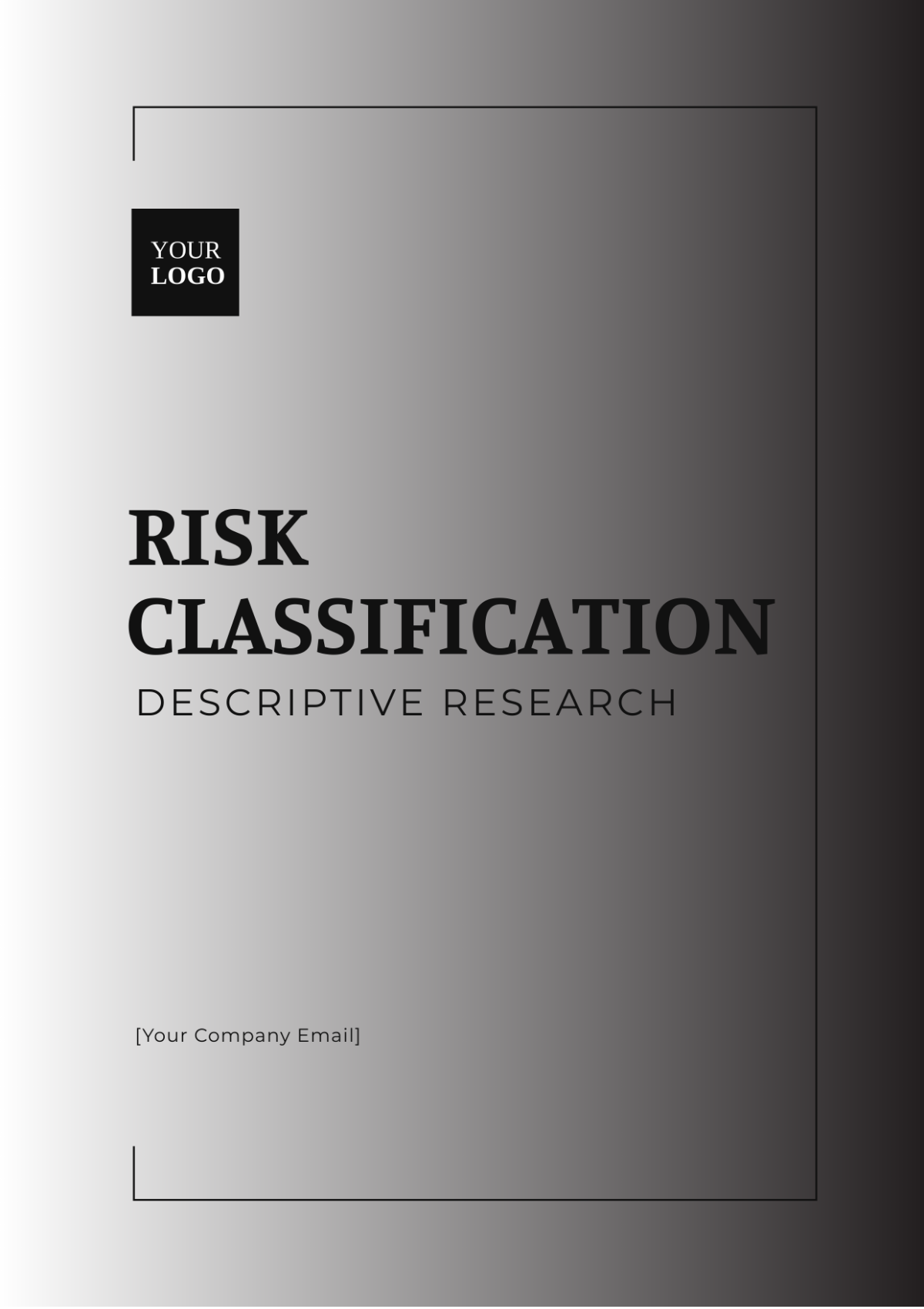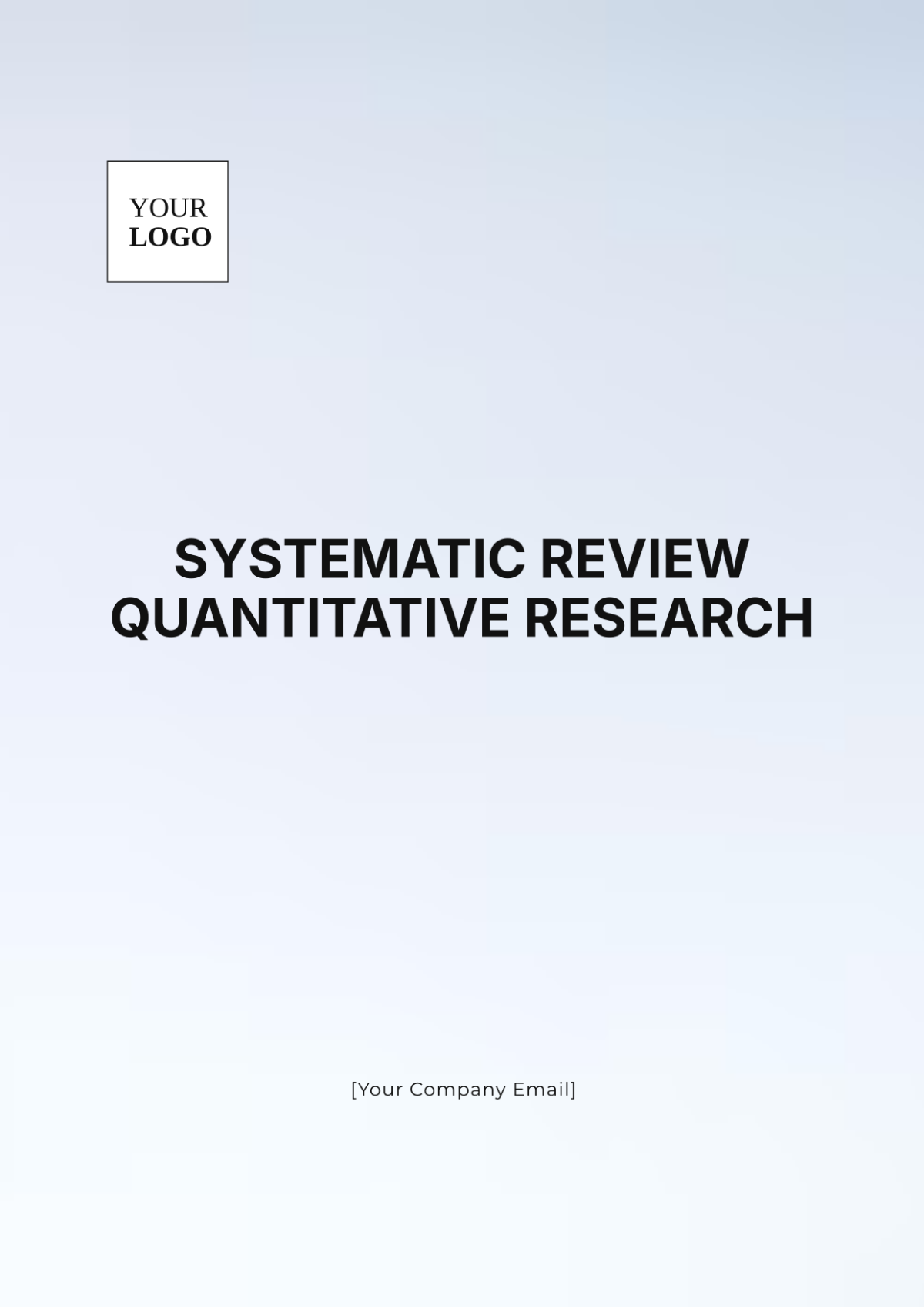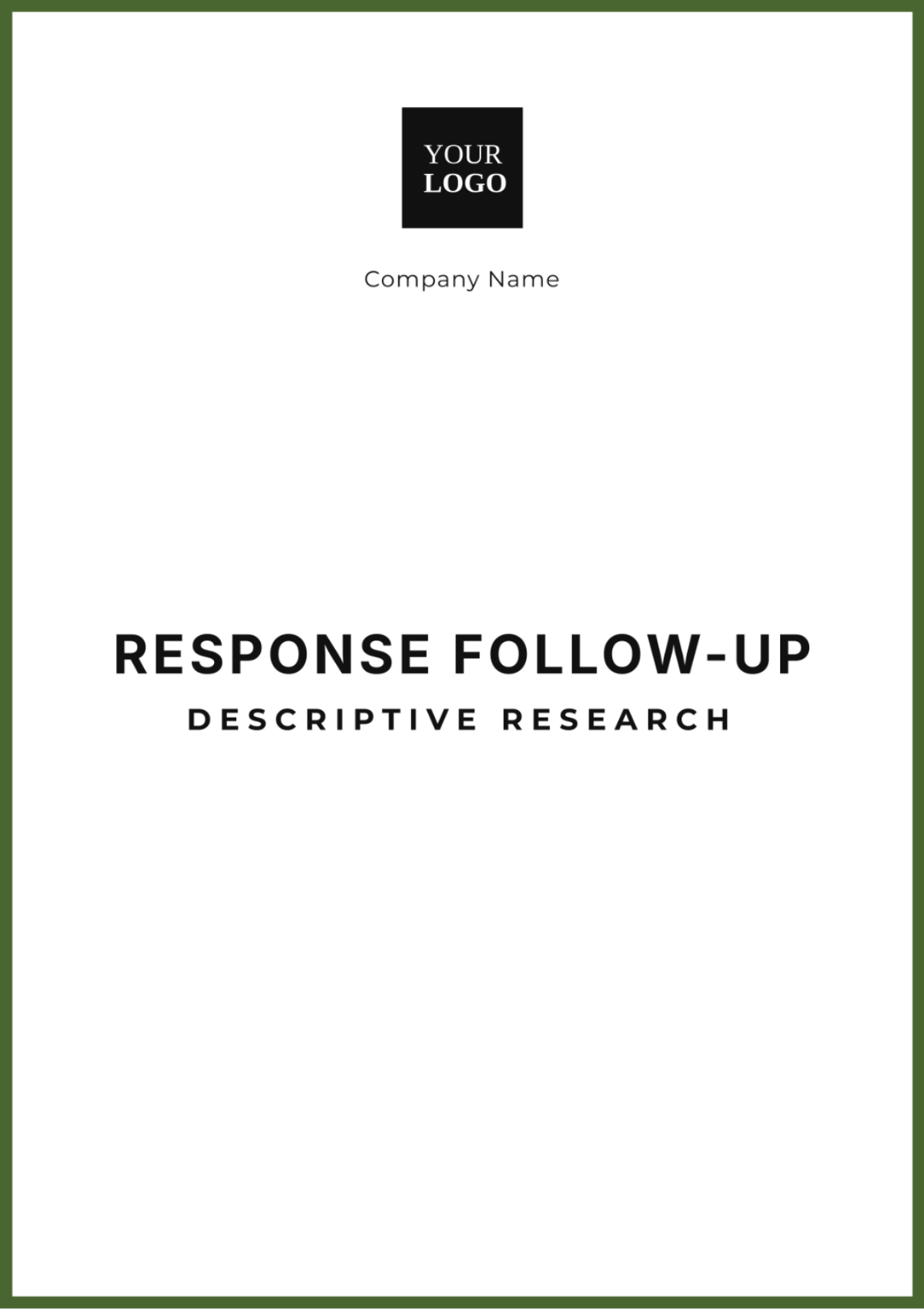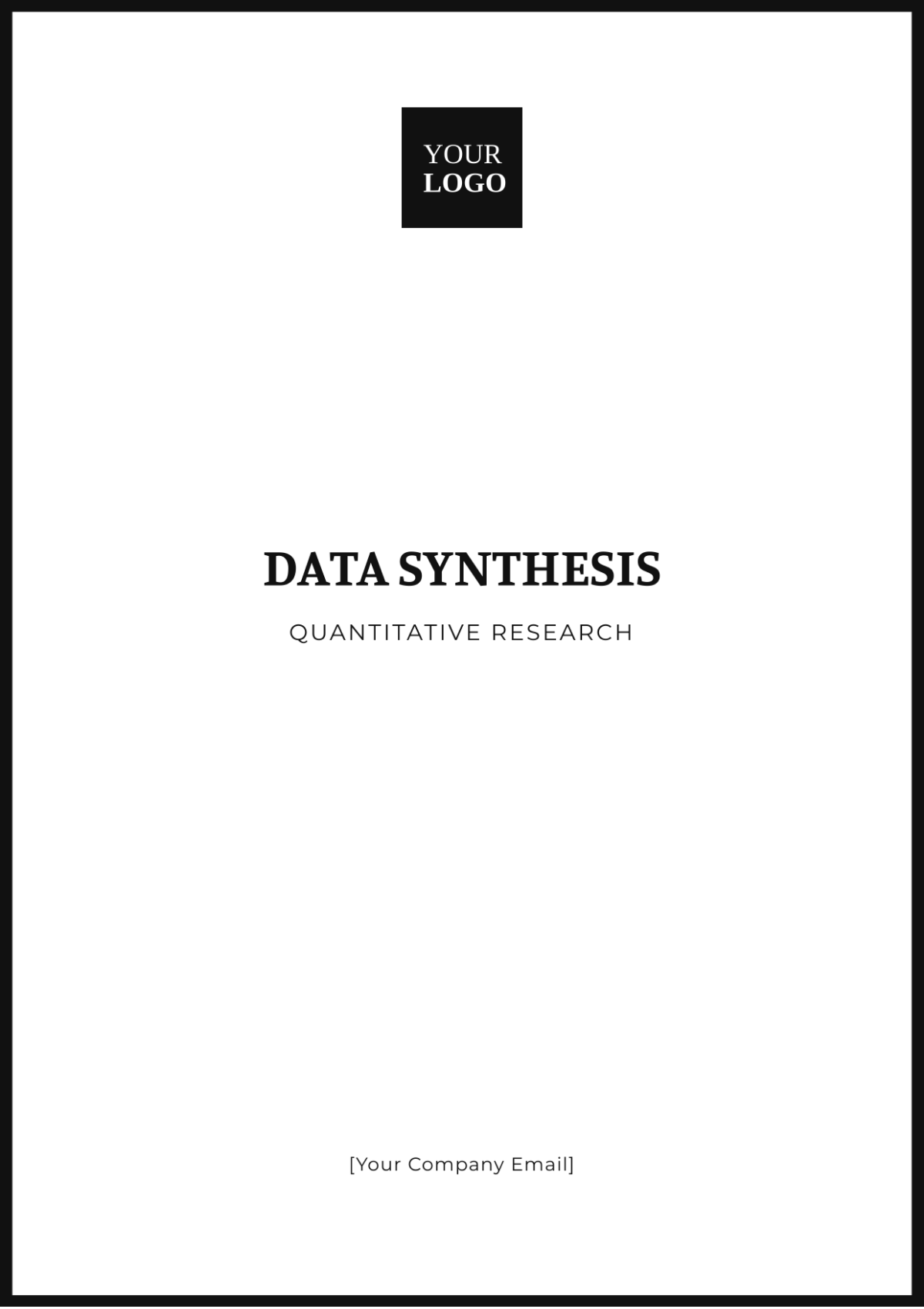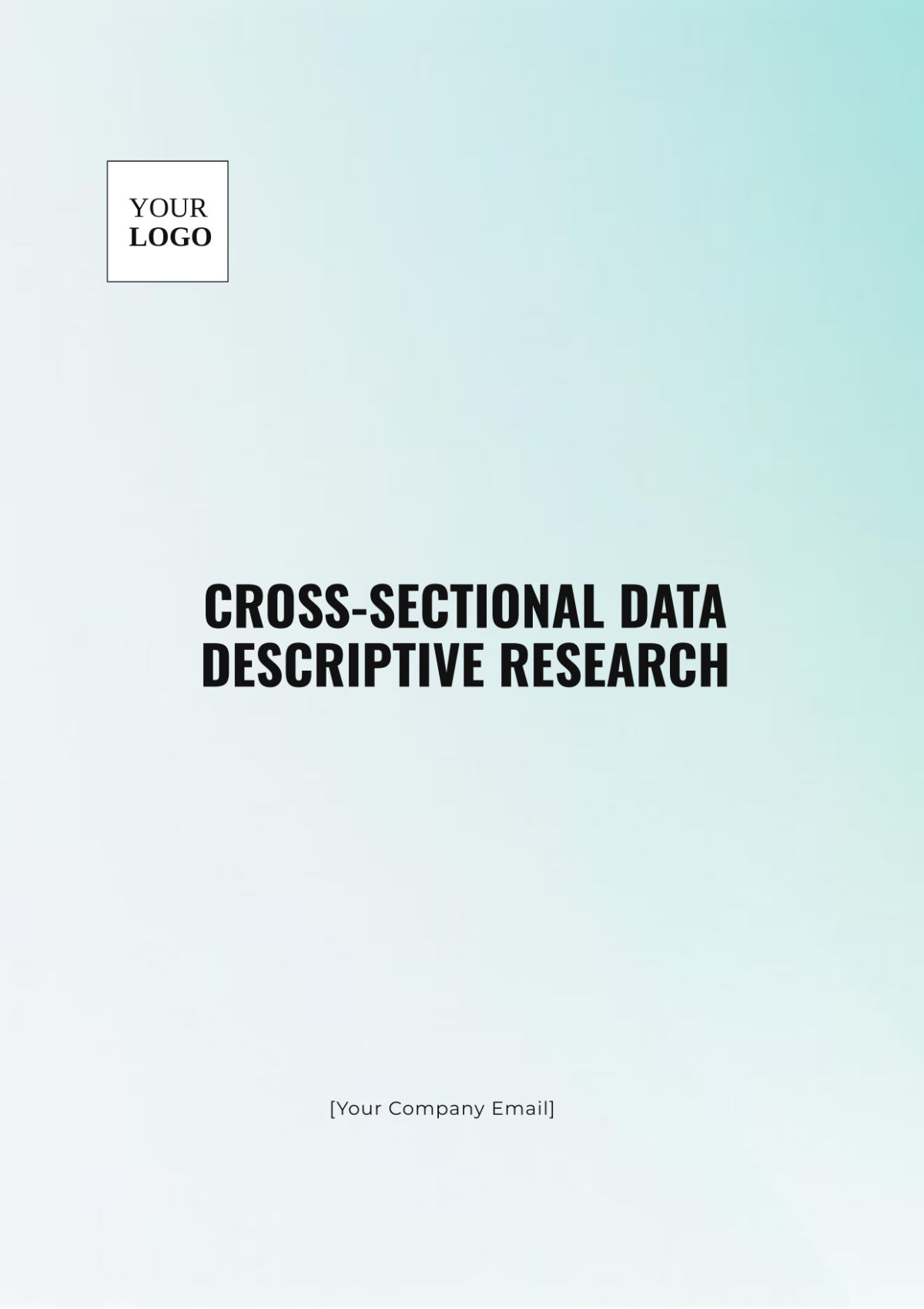In-depth Financial Research
A. Executive Summary
Given the financial stability and market potential, the outlook for [Your Company Name], a prominent player in the Retail industry, remains positive. [Your Company Name] has established a strong market positioning, backed by its robust financials, making it an attractive investment option. We recommend a ‘Buy’ for investors, taking into account the company's significant growth prospects in emerging markets and its continuous innovation in e-commerce and brick-and-mortar retail integration.
[Your Company Name]'s success is likely to be driven by its ability to adeptly navigate the evolving retail landscape, marked by trends such as the growing preference for online shopping and the integration of digital technologies in physical stores. Additionally, the company's potential to capitalize on emerging market opportunities, particularly in developing countries where retail markets are rapidly expanding, presents a lucrative avenue for growth.
B. Industry Analysis
This section provides a detailed analysis of the Retail industry, focusing on its size, growth dynamics, prevailing trends, and competitive environment. The data presented offers a comprehensive view of the sector in which [Your Company Name] operates, highlighting key aspects that influence its strategic decisions and market positioning.
Aspect | Details |
Market Size | [$5.7 trillion (U.S. Retail Market, 2053)] |
Growth Rate | CAGR of [4.5% (2053-2028)] |
Key Trends |
|
| |
| |
| |
Competitive Landscape |
|
| |
| |
Market Opportunities |
|
| |
| |
Market Challenges |
|
| |
|
C. Company Overview
[Your Company Name], founded in [2050], has emerged as a significant force in the U.S. Retail industry. Starting as a single store specializing in consumer electronics in [California], the company has expanded its operations significantly over the past [25] years. This expansion reflects [Your Company Name]'s commitment to growth and adaptation in a competitive retail market. Today, it boasts a network of over [300] stores across the United States, complemented by a dynamic e-commerce platform, catering to a diverse customer base.
Business Model and Product/Service Offerings
The business model of [Your Company Name] is a blend of traditional in-store retail and innovative online commerce. This dual approach enables the company to cater to various customer preferences – from the personal touch of physical shopping experiences to the convenience of online transactions. [Your Company Name] offers a wide range of products, including consumer electronics, apparel, and home goods, sourced from globally recognized brands and exclusive, high-quality private labels. The company has also integrated advanced technologies, like AI-driven recommendation systems and virtual reality fitting rooms, to enhance the customer shopping experience both in-store and online.
Management Team and Market Position
Led by a seasoned executive team, with [Your Name] at the helm, [Your Company Name] has achieved considerable financial growth and industry recognition. The management team's collective experience in retail and digital commerce has been instrumental in steering the company through market shifts and technological advancements. Currently, [Your Company Name] is recognized for its competitive pricing strategies, diverse product offerings, and a seamless integration of online and offline shopping experiences, which has solidified its position as a leading player in the U.S. retail sector. This strategic approach to omnichannel retailing positions [Your Company Name] as an innovative and customer-focused retailer in the ever-evolving market.
D. Financial Statement Analysis
The financial statement analysis for [Your Company Name] involves a detailed review of its balance sheet, income statement, and cash flow statement. This analysis provides insights into the company's financial health and performance trends over recent fiscal years.
Balance Sheet Analysis
The balance sheet of [Your Company Name] shows a solid asset base with steady growth in both current and non-current assets, indicating effective asset management. The company maintains a healthy liquidity position, as evidenced by a current ratio above the industry average. Liabilities have shown a moderate increase, primarily due to long-term investments and expansions, but the debt-to-equity ratio remains well within a manageable range, indicating prudent financial leverage.
Income Statement Analysis
An examination of the income statement reveals consistent revenue growth year-over-year, driven by both in-store and online sales. Gross profit margins have remained stable, reflecting efficient cost management. However, operating expenses have increased, partly due to investments in marketing and technology upgrades. The net income has shown an upward trend, showcasing strong overall profitability.
Cash Flow Statement Analysis
The cash flow statement highlights positive cash flow from operating activities, underscoring the company's ability to generate sufficient cash to fund operations and investments. Cash flows from investing activities have been significant, reflecting the company's strategy of reinvesting in business expansion and technological enhancements. Financing activities have shown a mix of equity and debt financing, maintaining a balanced approach towards capital structure. This comprehensive financial analysis indicates that [Your Company Name] is financially robust and well-positioned for sustainable growth.
E. Ratio Analysis
The following table presents a detailed ratio analysis for [Your Company Name], encompassing key financial ratios such as profitability, liquidity, leverage, and efficiency. These ratios are instrumental in evaluating the company's financial performance and health. The analysis compares [Your Company Name]'s ratios with industry benchmarks, offering a clear perspective on its standing relative to the broader Retail sector.
Ratio Type | [Your Company Name] | Industry Benchmark | Interpretation |
Profitability | |||
Net Profit Margin | 15% | 10% | Higher than industry, indicating strong profitability |
Return on Equity (ROE) | 18% | 12% | Above industry average, efficient use of equity |
Liquidity | |||
Current Ratio | 2.1 | 1.5 | Strong liquidity, can cover short-term obligations |
Quick Ratio | 1.4 | 1.0 | Healthy, indicating good financial health |
Leverage | |||
Debt-to-Equity Ratio | 0.5 | 0.8 | Lower than industry, less reliance on debt financing |
Efficiency | |||
Inventory Turnover | 6 times/year | 5 times/year | More efficient in managing inventory than peers |
Asset Turnover | 1.5 | 1.2 | Higher turnover, indicating efficient use of assets |
F. Valuation Analysis
The valuation analysis for [Your Company Name] employs several methods to estimate its market value, including Discounted Cash Flow (DCF), relative valuation metrics like the price-to-earnings (P/E) ratio, and analysis of precedent transactions in the retail sector. These approaches offer a multifaceted view of the company's valuation.
Discounted Cash Flow (DCF) Analysis
The DCF analysis, based on projected future cash flows and a discount rate of [8%], suggests that [Your Company Name]'s intrinsic value is approximately [$2.5] billion. This valuation indicates that the company's current market price of [$2.2] billion is undervalued, presenting a potential investment opportunity.
Relative Valuation
Comparing [Your Company Name]'s P/E ratio, which currently stands at [15], with the retail industry average of 18, suggests that [Your Company Name] is less expensive than its peers. This disparity could be indicative of undervaluation or unrecognized growth potential in [Your Company Name].
G. Risk Analysis
This section identifies and evaluates the key risks associated with [Your Company Name], encompassing market risk, credit risk, operational risk, and regulatory risk. Understanding these risks is crucial for assessing potential challenges and making informed investment decisions.
Risk Type | Description | Impact on [Your Company Name] |
Market Risk | Exposure to economic downturns and changing consumer preferences | Could affect sales and profitability if not managed effectively |
Credit Risk | Risk of customers defaulting on credit payments | Can impact cash flows, particularly for B2B operations |
Operational Risk | Potential disruptions in supply chain or IT systems | May lead to operational inefficiencies and increased costs |
Regulatory Risk | Compliance with evolving industry regulations and standards | Non-compliance could result in fines and reputational damage |
H. Management and Governance Review
This section evaluates [Your Company Name]'s management and governance structures, focusing on the quality and effectiveness of its leadership, board composition, and executive compensation practices.
Leadership and Management Quality
[Your Company Name]'s management team, led by CEO [Your Name], is comprised of experienced professionals with diverse backgrounds in retail, finance, and technology. Their strategic vision has been pivotal in driving the company's growth and innovation. The team's decision-making and crisis management skills have been demonstrated through successful navigation of market challenges.
Board Composition
The Board of Directors at [Your Company Name] includes a mix of industry veterans and independent members, ensuring a balance of insider knowledge and external perspectives. This composition supports effective oversight and diverse viewpoints in strategic decision-making.
Executive Compensation
Executive compensation at [Your Company Name] is structured to align with shareholder interests, with a significant portion tied to performance metrics such as revenue growth and stock performance. This approach ensures that the leadership team is incentivized to focus on long-term value creation for the company and its stakeholders.
I. Future Outlook and Projections
Projection Type | [2054] Estimate | [2055] Forecast | Potential Growth Opportunities | Potential Threats |
Sales | $3.2 billion | $3.6 billion | Expansion in emerging markets, increased online presence | Market saturation, economic downturn |
Earnings (Net Income) | $300 million | $350 million | Diversification of product lines, technological advancements | Rising operational costs, competitive pressure |
Earnings Per Share (EPS) | $2.50 | $2.80 | Improved operational efficiency, strategic acquisitions | Regulatory changes, supply chain disruptions |
J. Investment Thesis and Recommendations
Based on the comprehensive analysis conducted, we present an investment thesis and recommendation for [Your Company Name], summarizing the rationale behind the investment's attractiveness.
Strong Market Position and Growth Prospects
[Your Company Name]'s robust position in the retail industry, combined with its consistent financial performance and growth prospects, particularly in emerging markets and e-commerce, make it an attractive investment. The company's adaptability to market trends and consumer preferences, along with its strategic expansion plans, are likely to drive continued revenue and profitability growth.
Solid Financial Health and Valuation
The company's solid financial health, evidenced by strong liquidity, profitability ratios, and a prudent leverage position, enhances its investment appeal. The valuation analysis, including DCF and P/E ratios, suggests that [Your Company Name] is currently undervalued in the market, offering a favorable entry point for investors.
Recommendation: Buy
Considering these factors, the recommendation for [Your Company Name] is a ‘Buy.’ The combination of the company's market position, financial stability, growth potential, and current undervaluation presents a compelling case for investment. This recommendation is underpinned by the expectation of continued growth and value creation in the foreseeable future, making [Your Company Name] a promising addition to investment portfolios.


